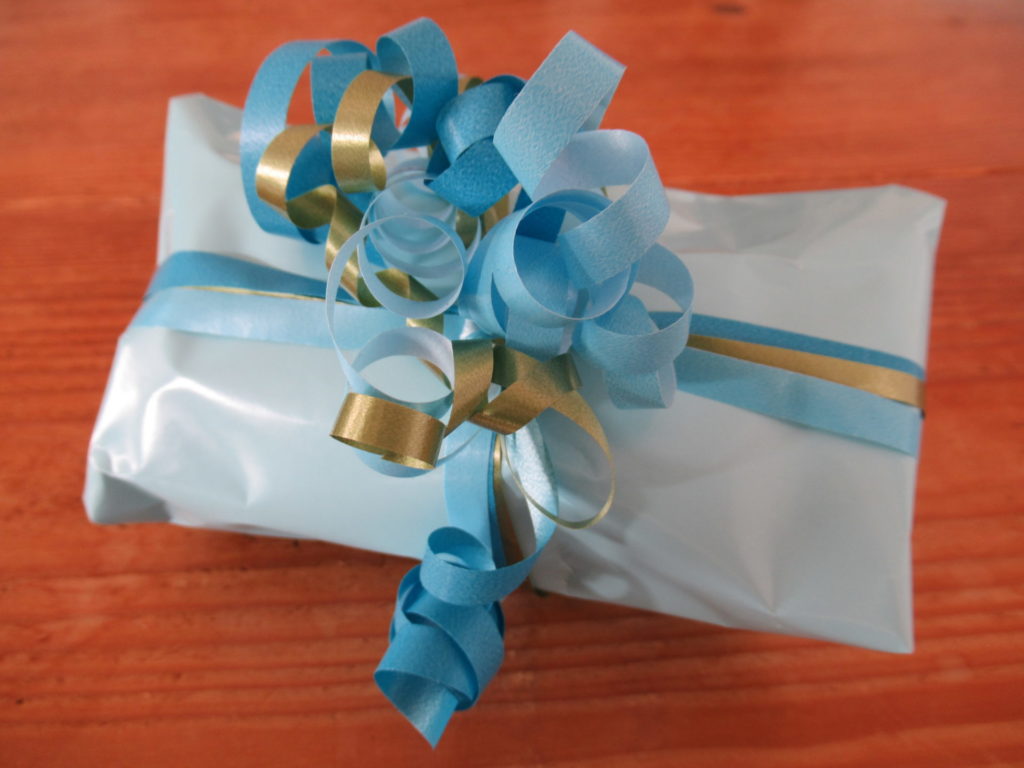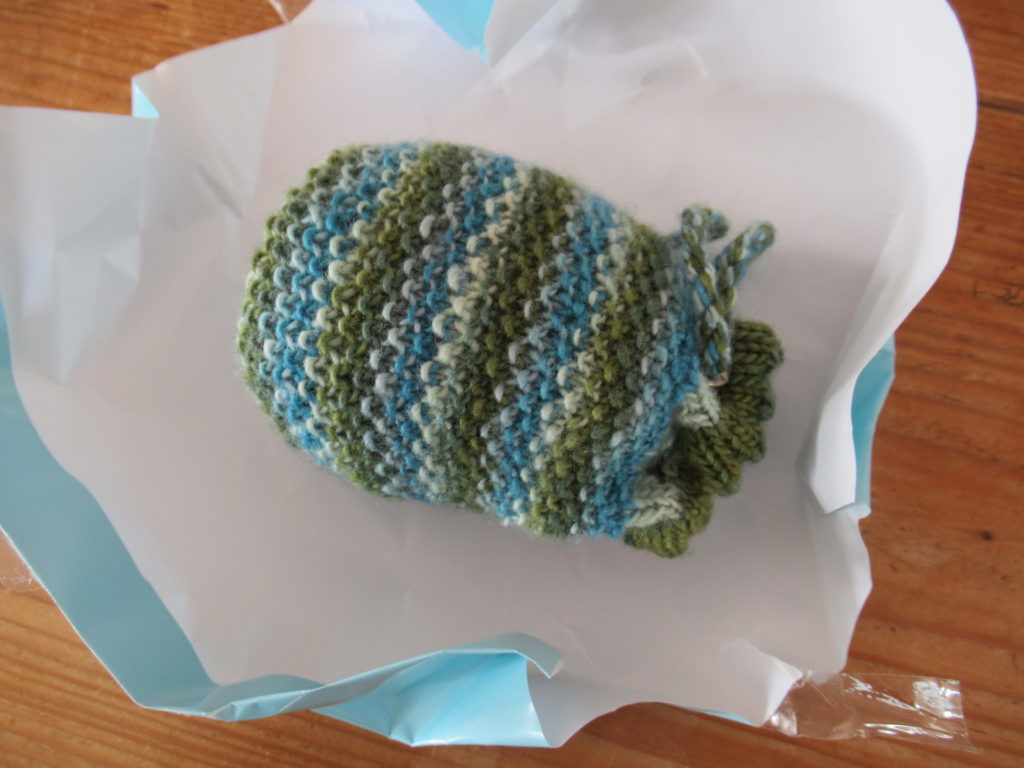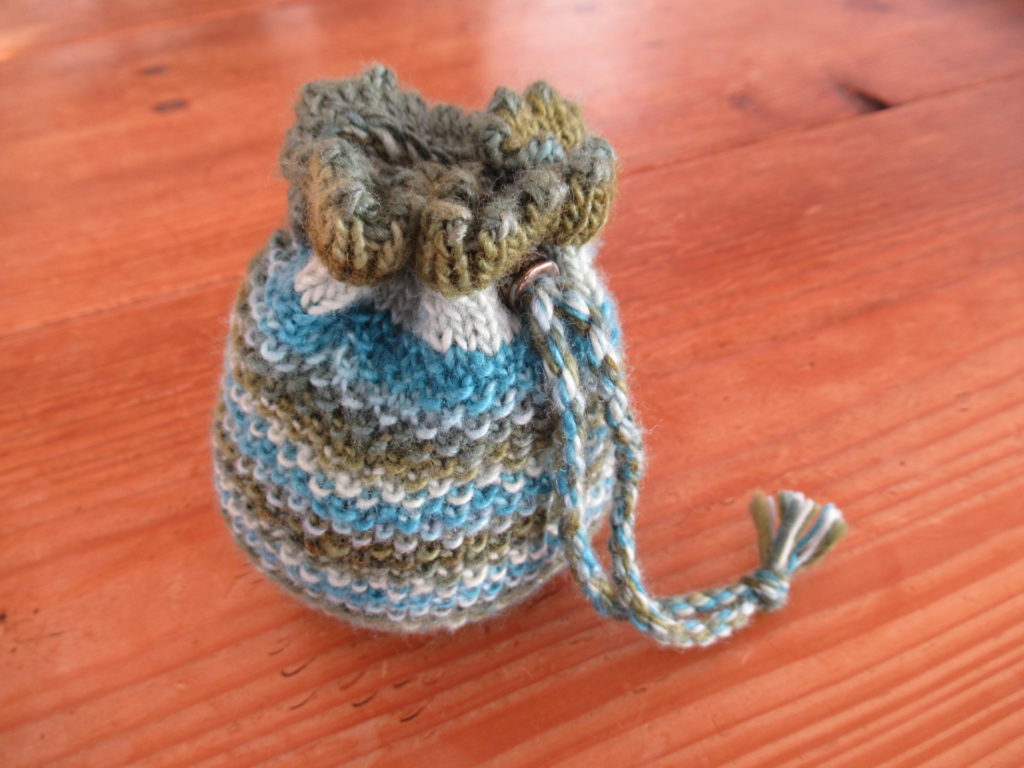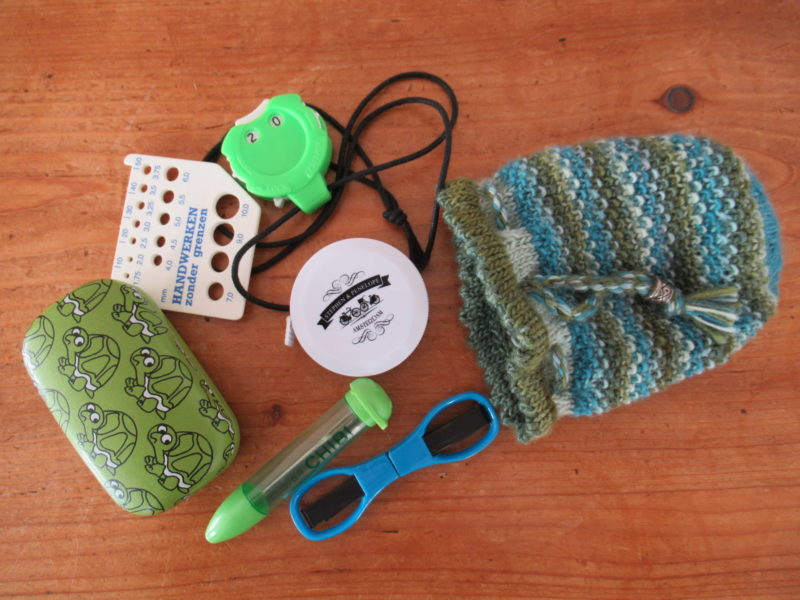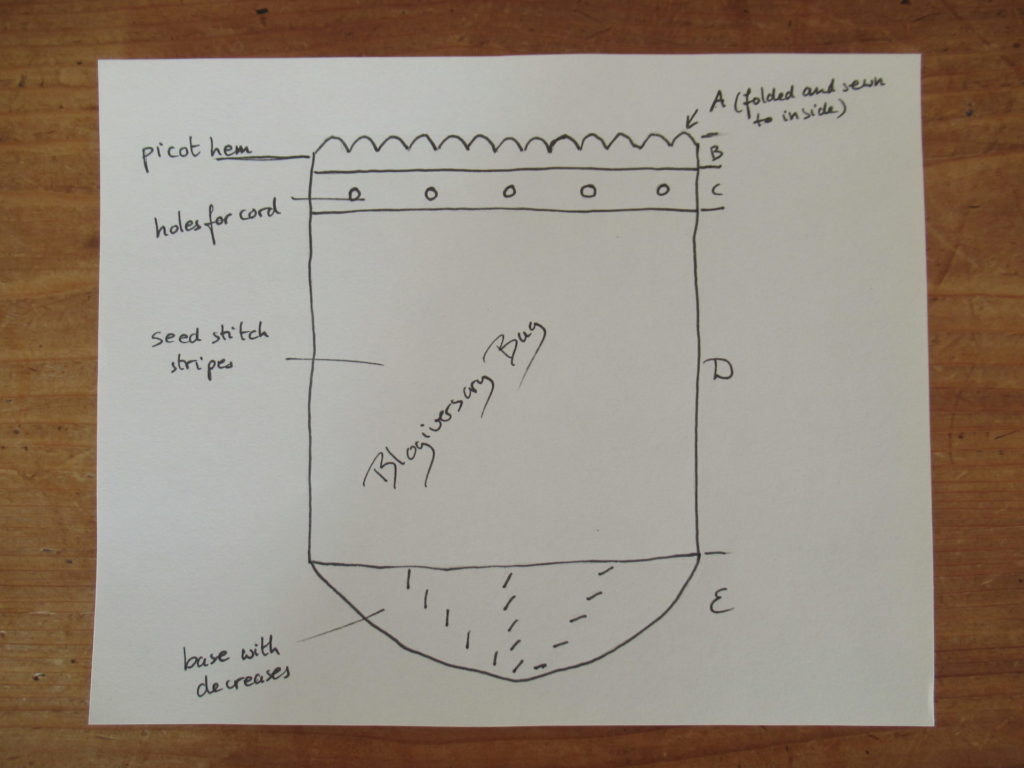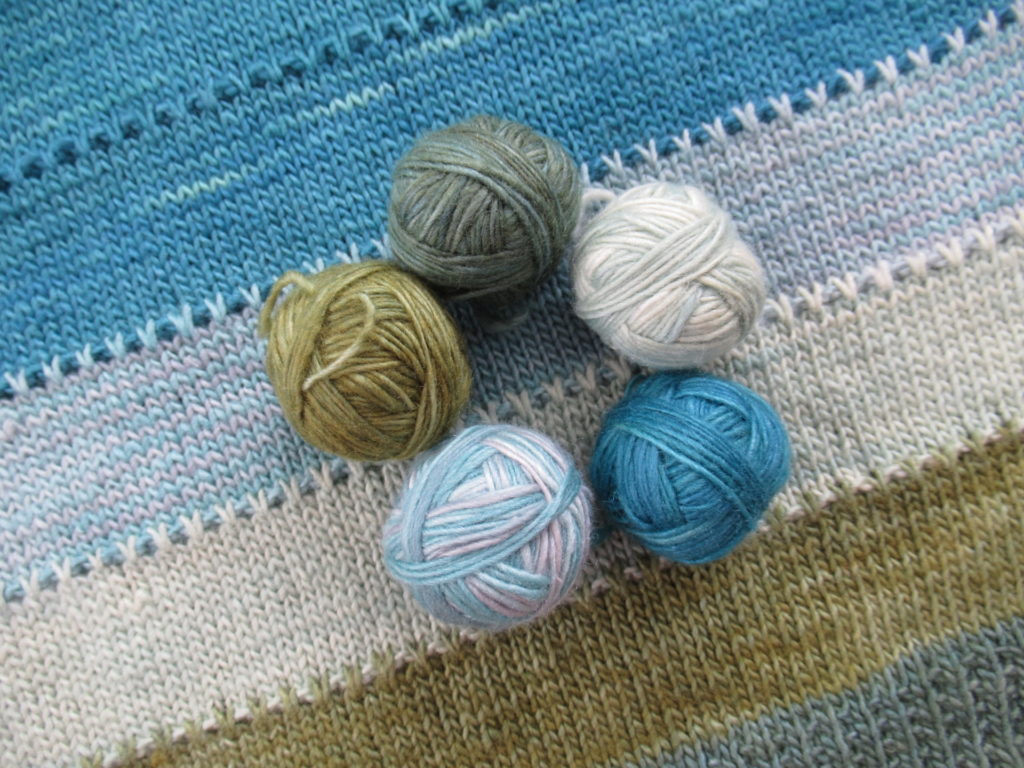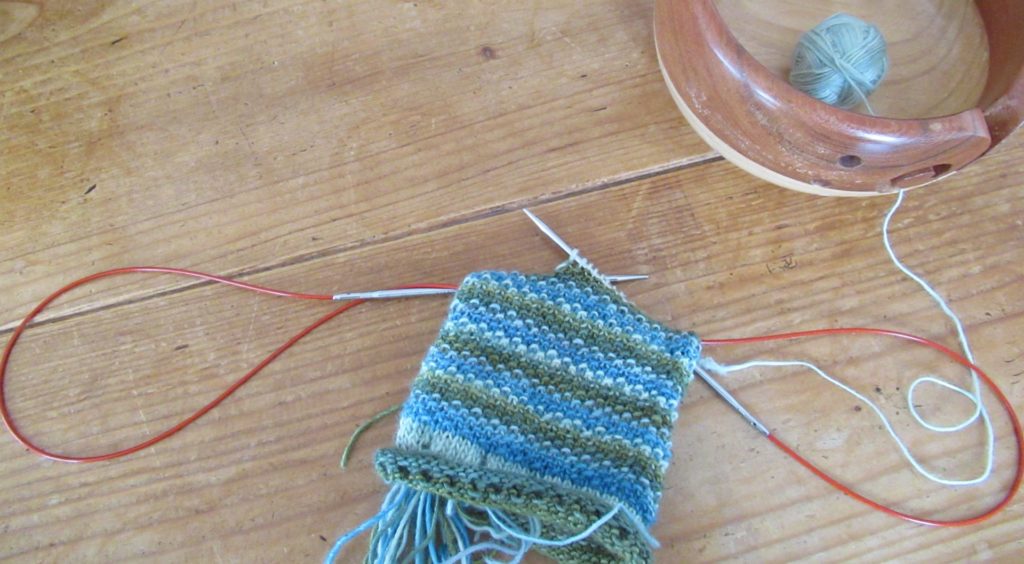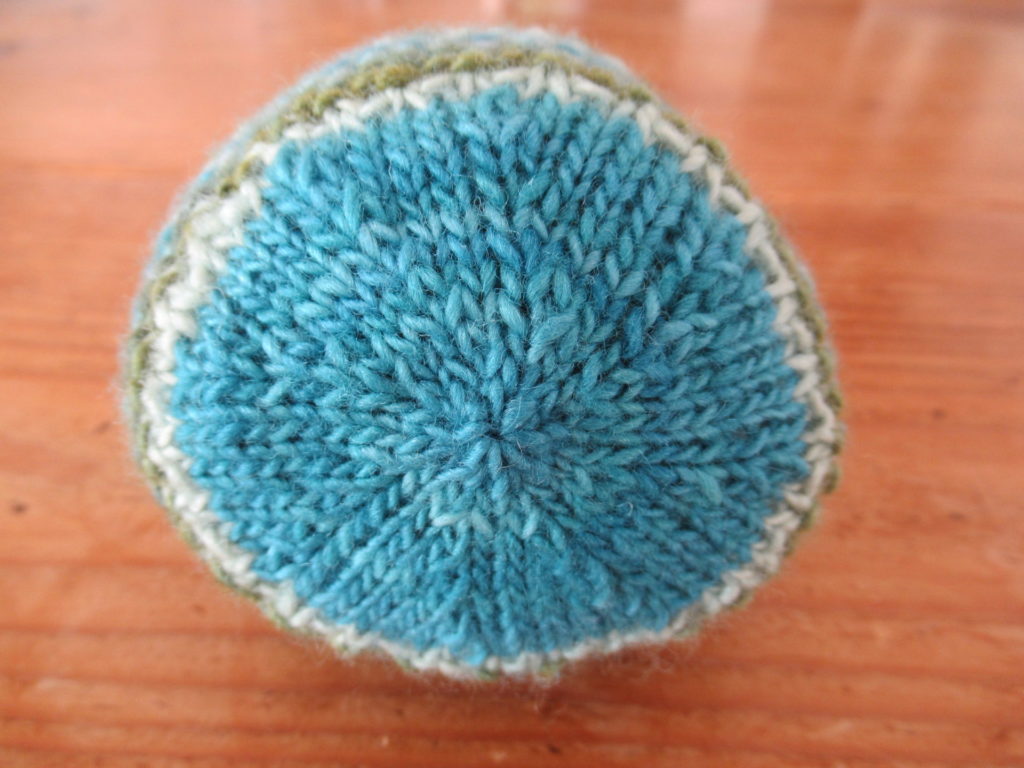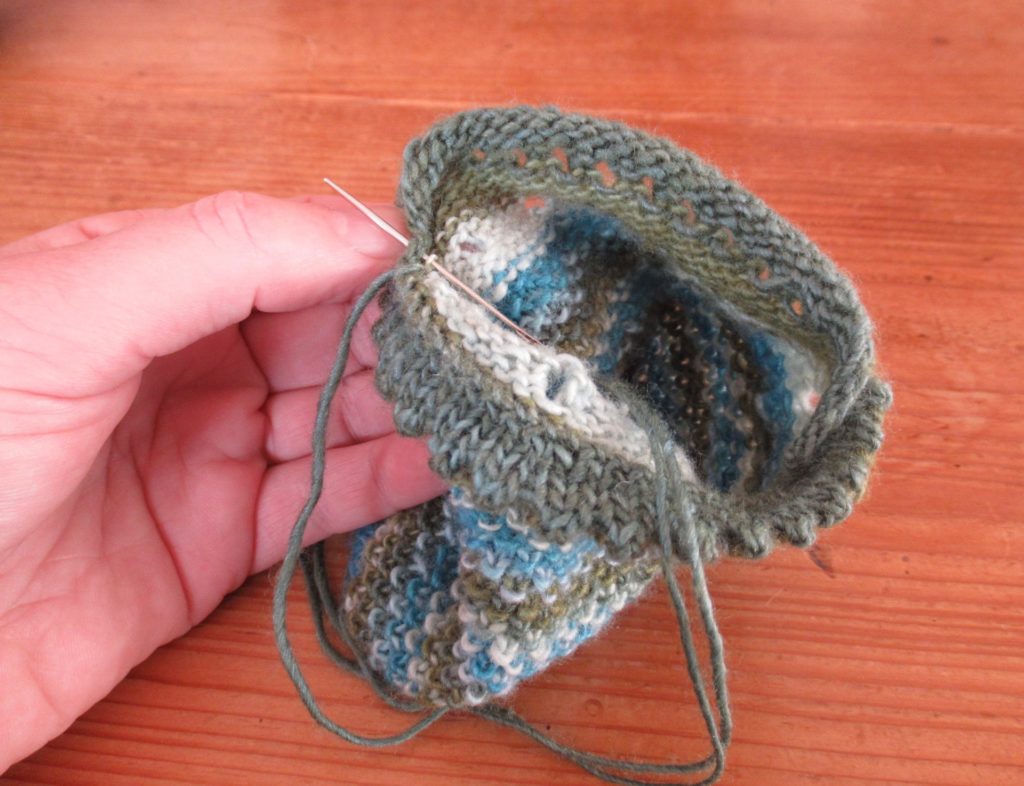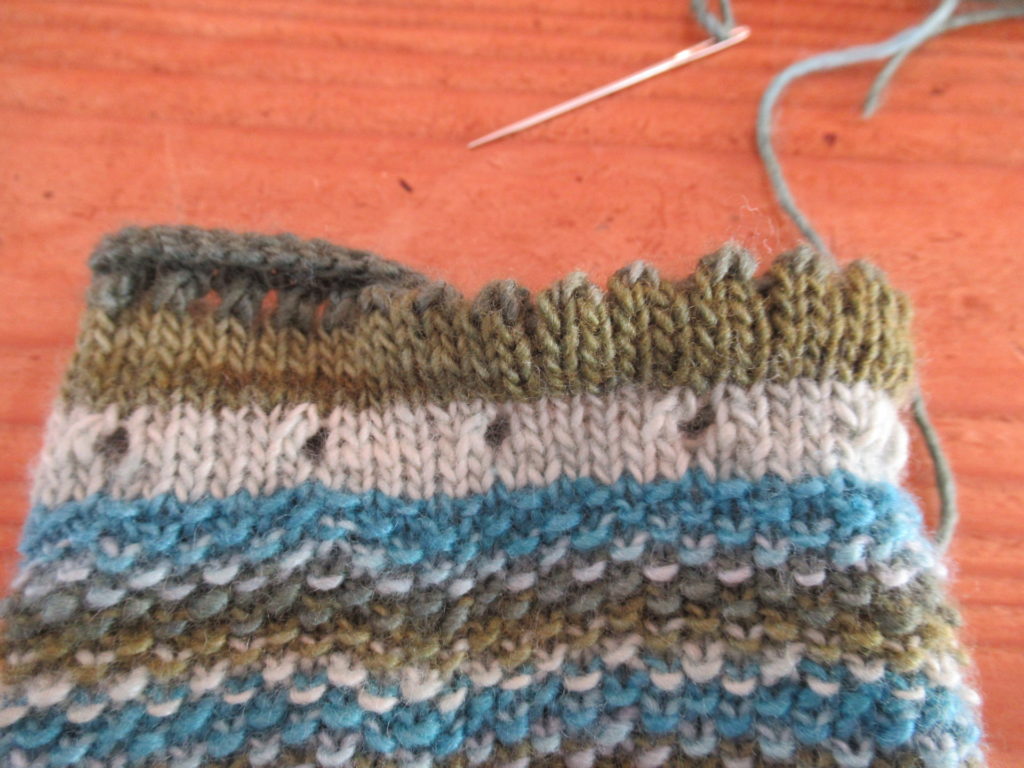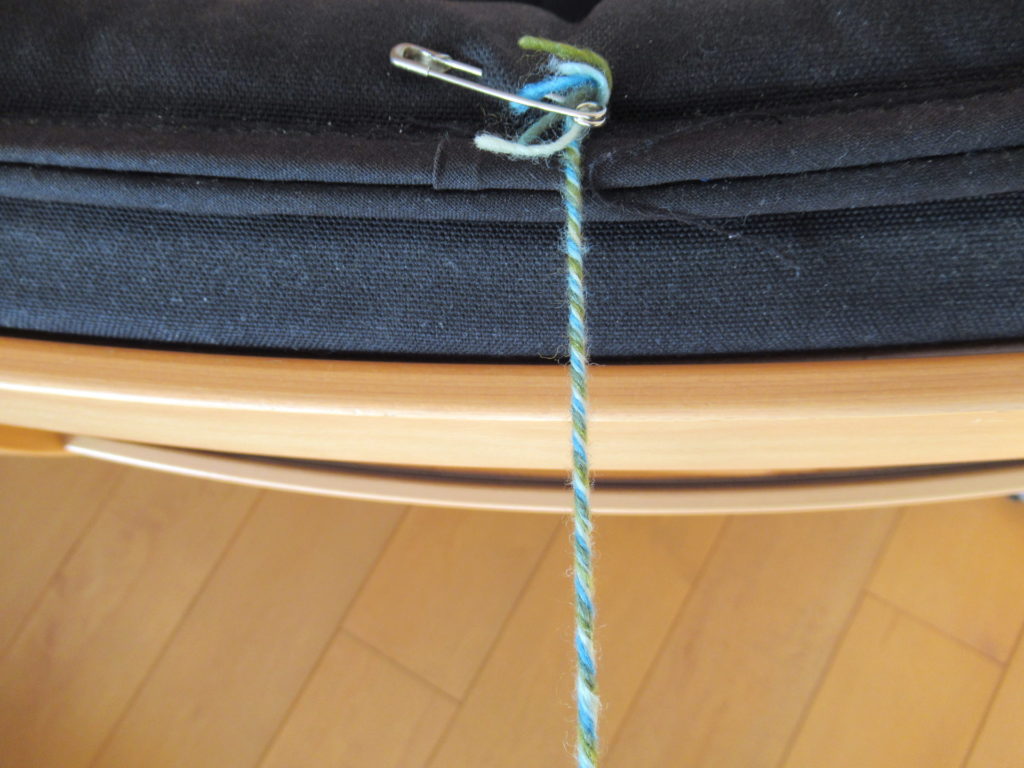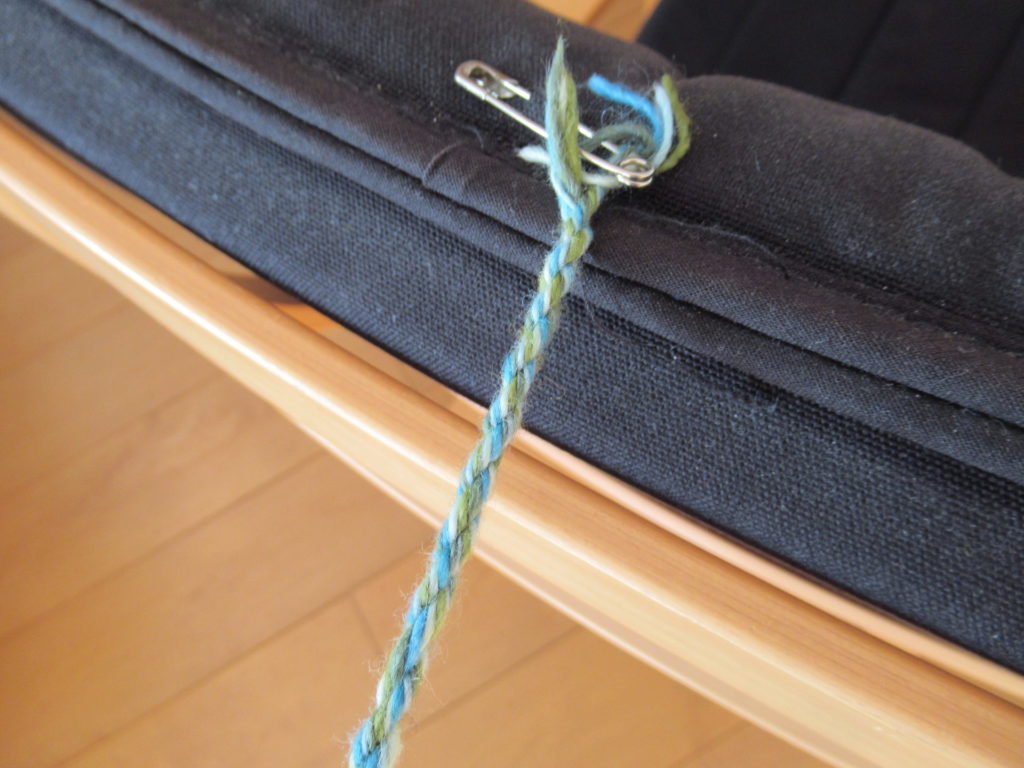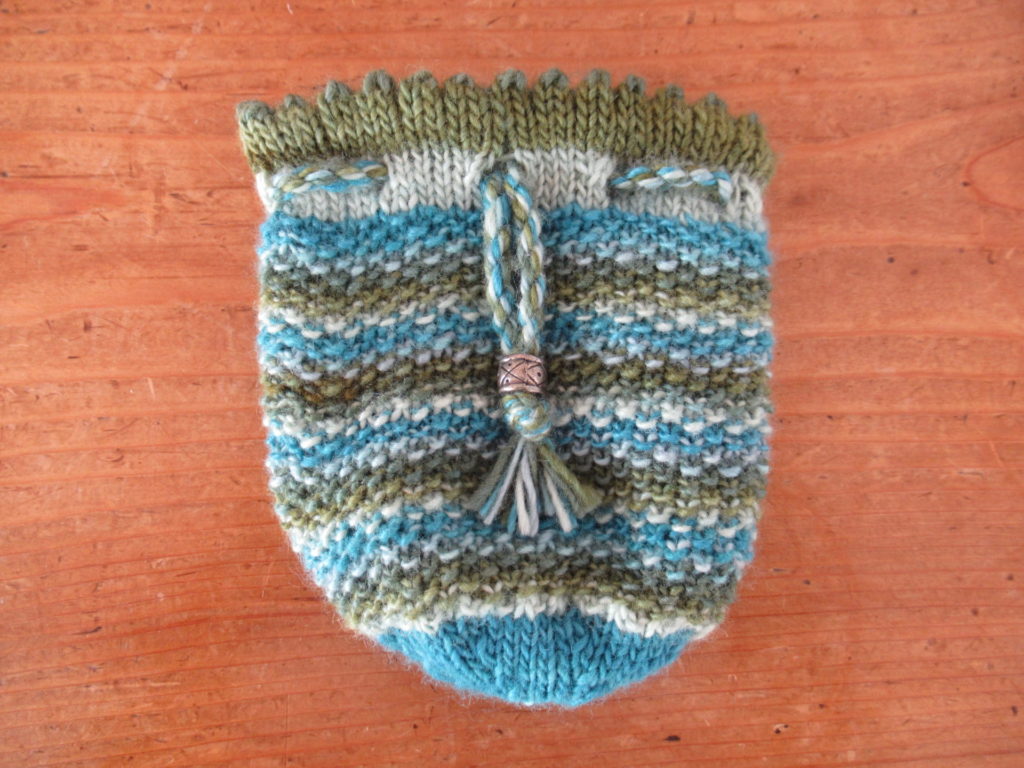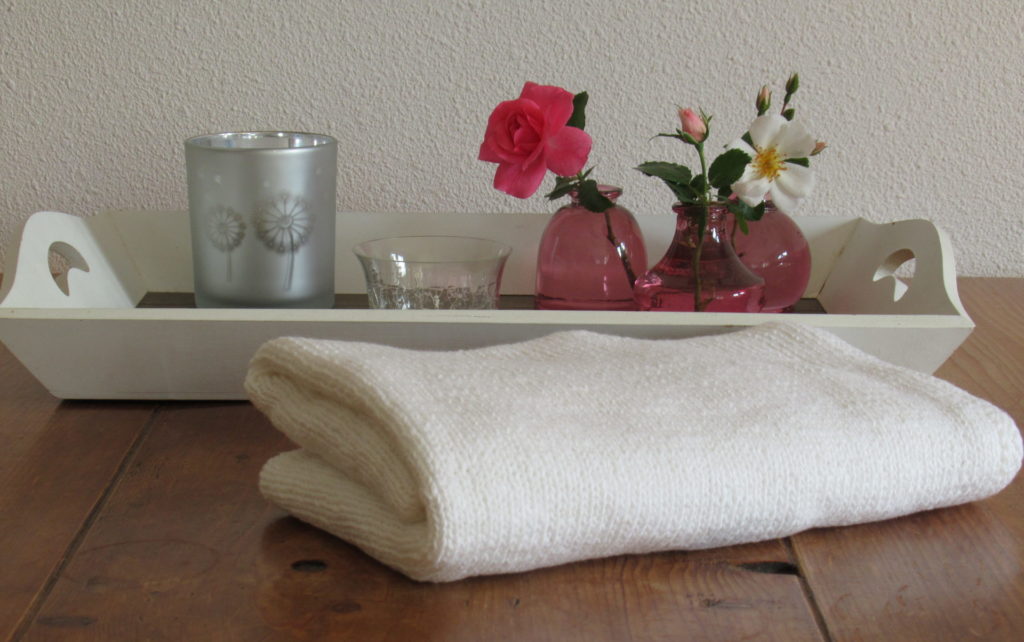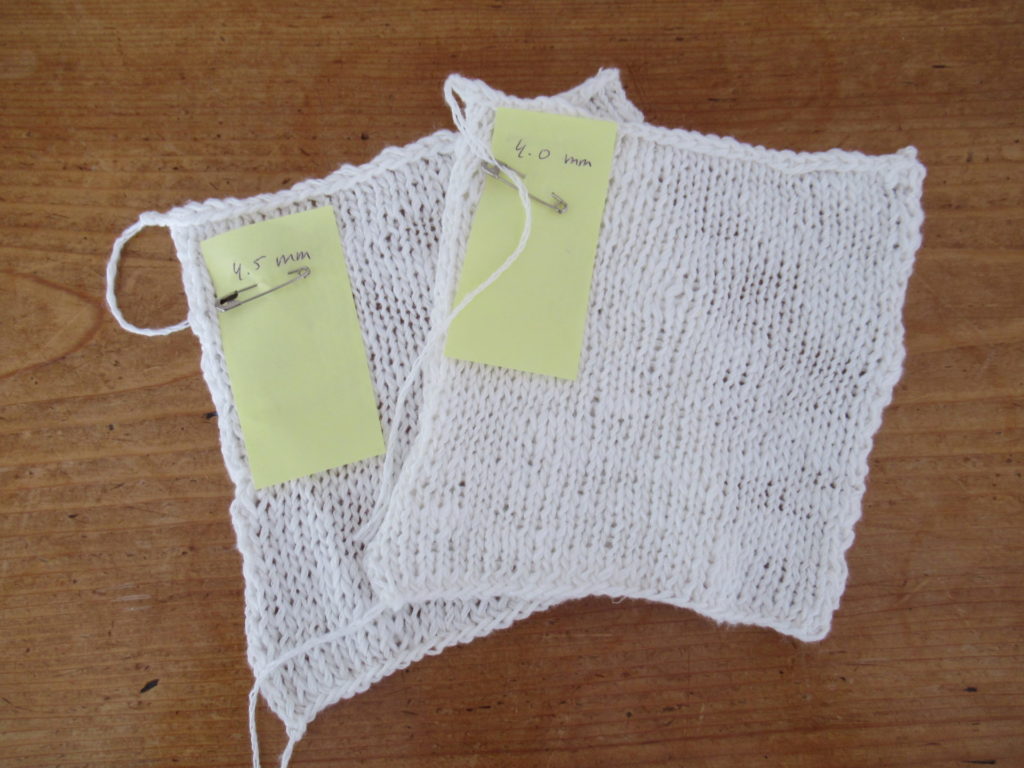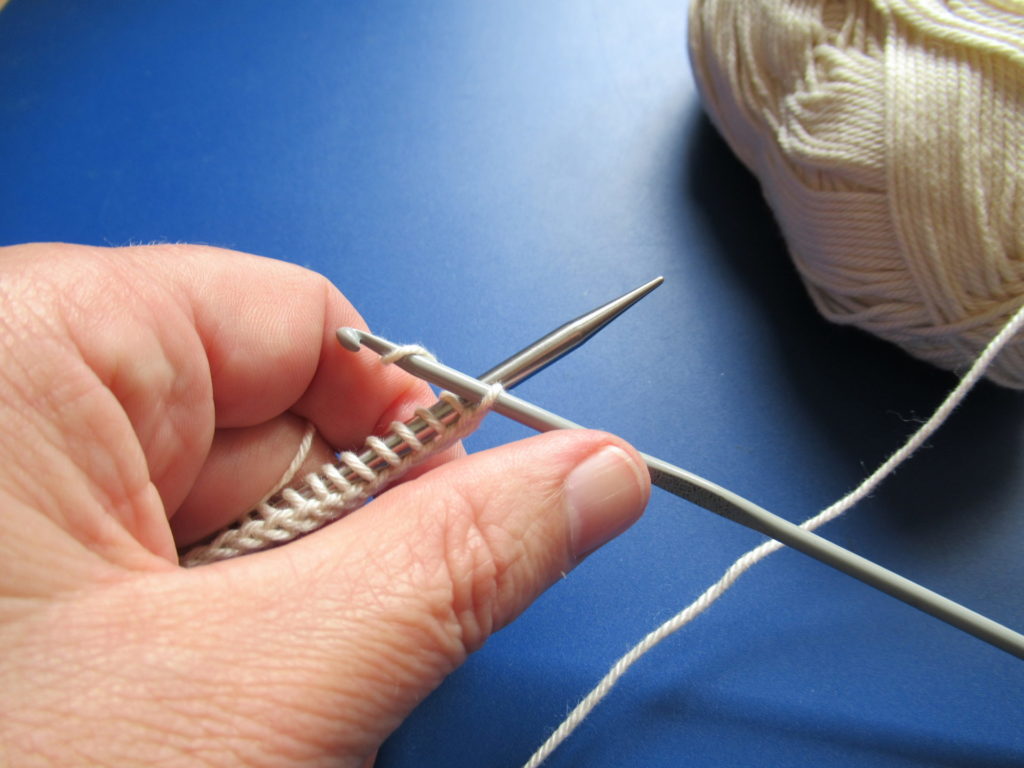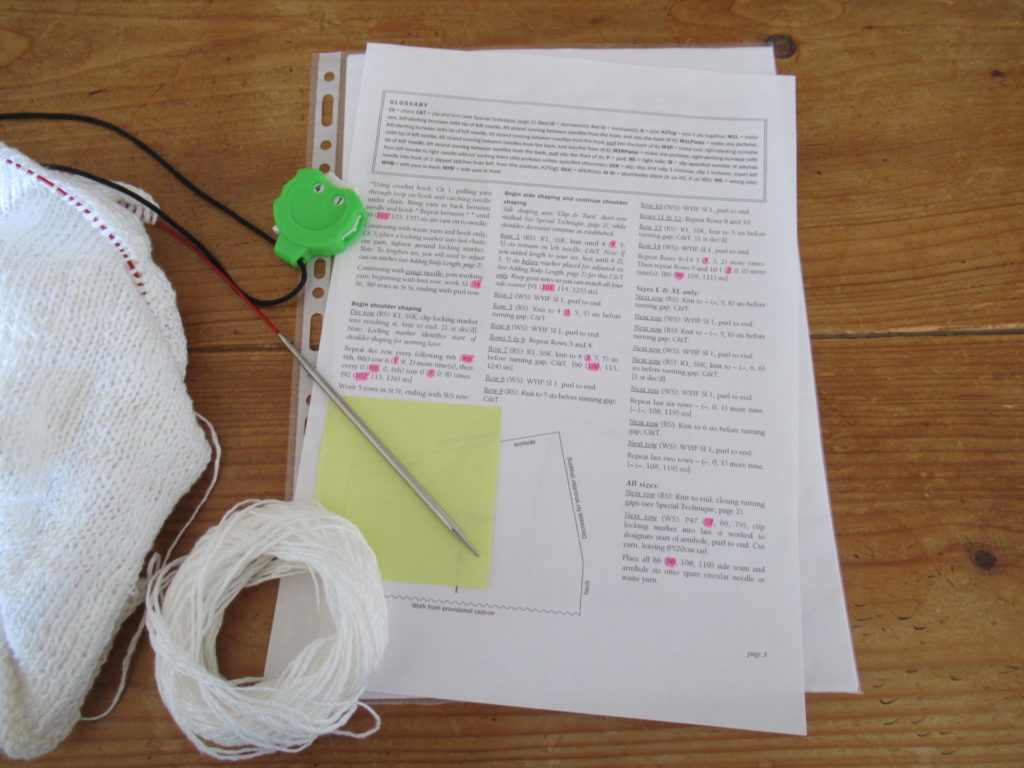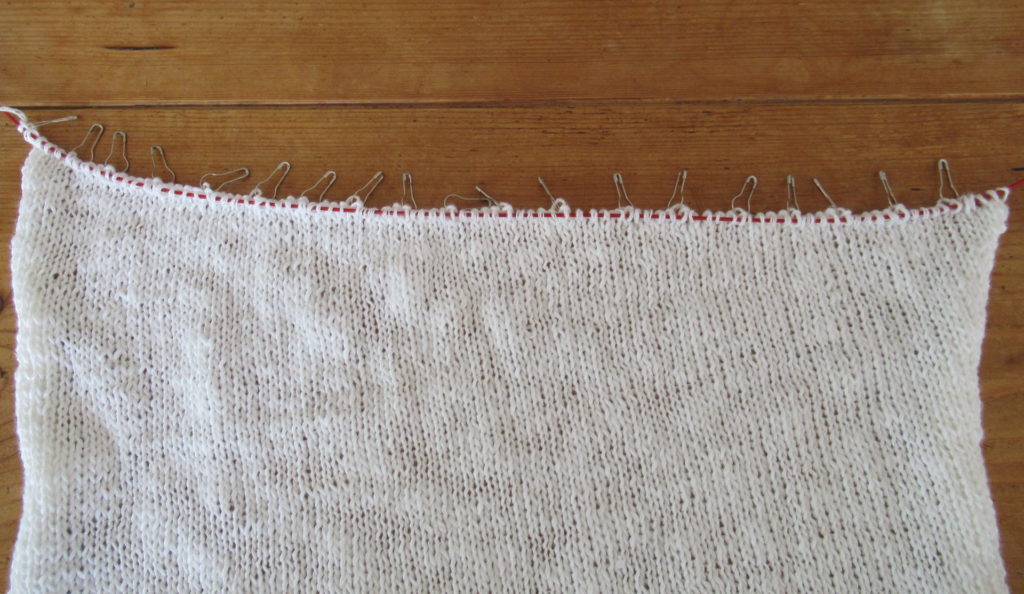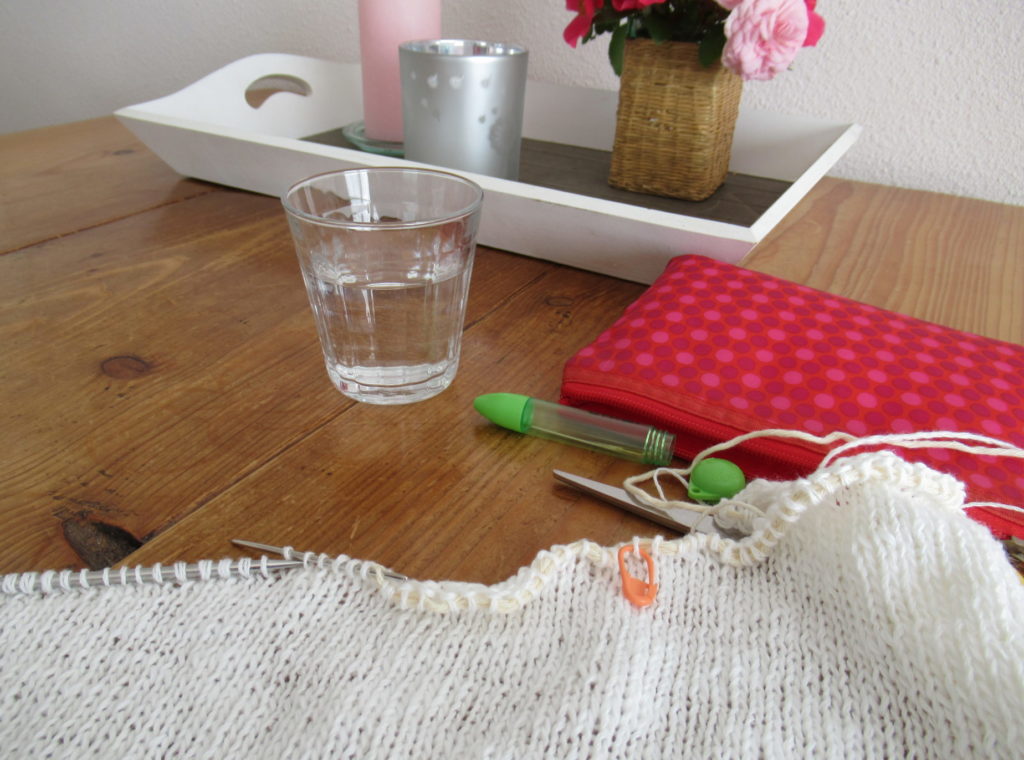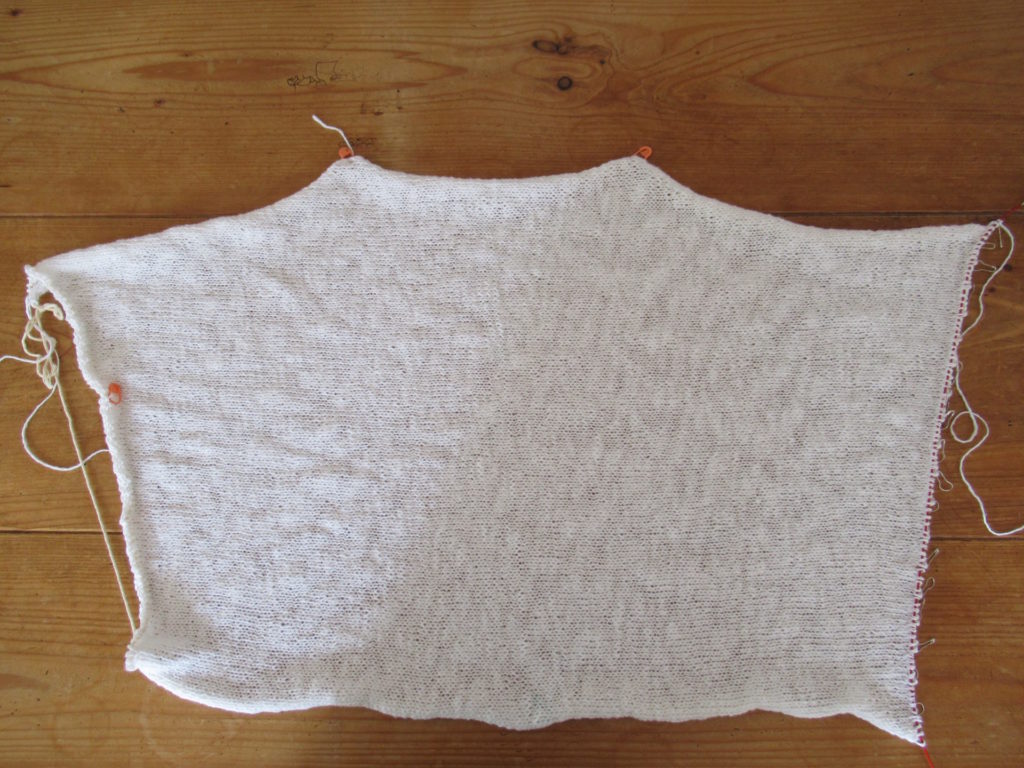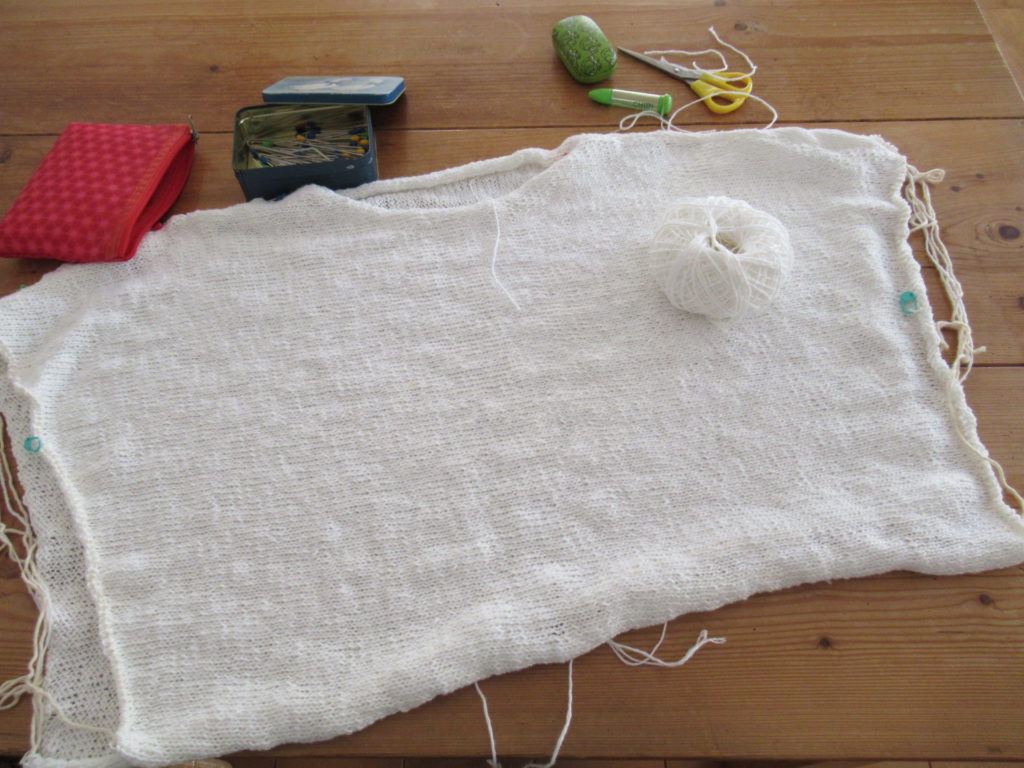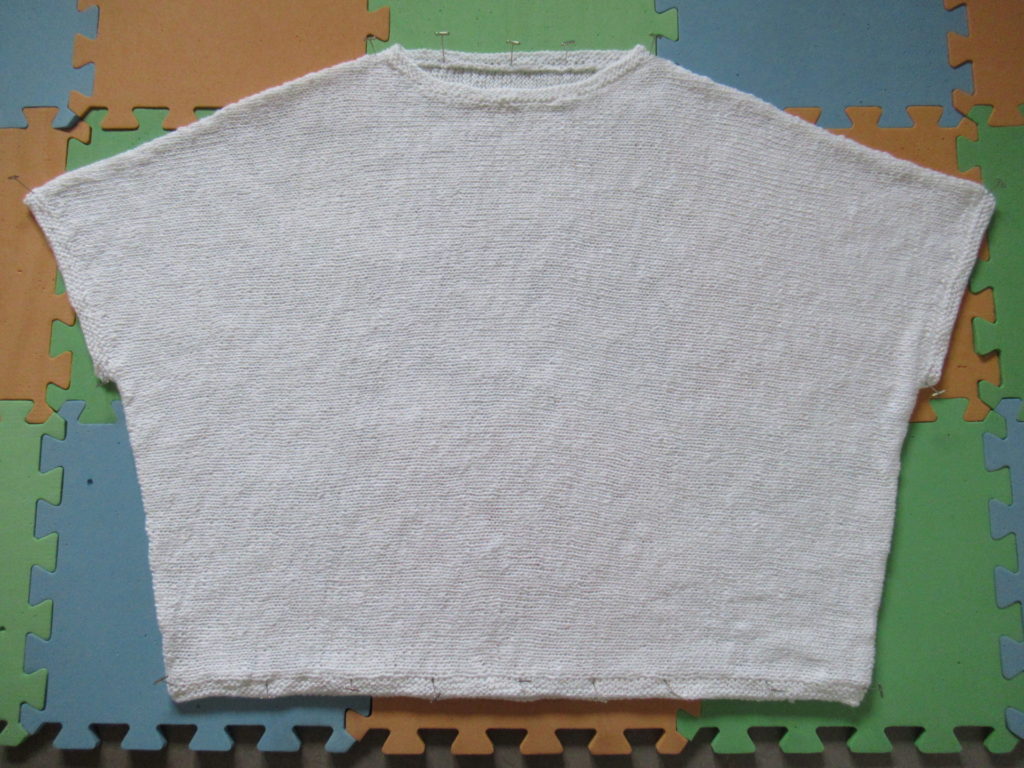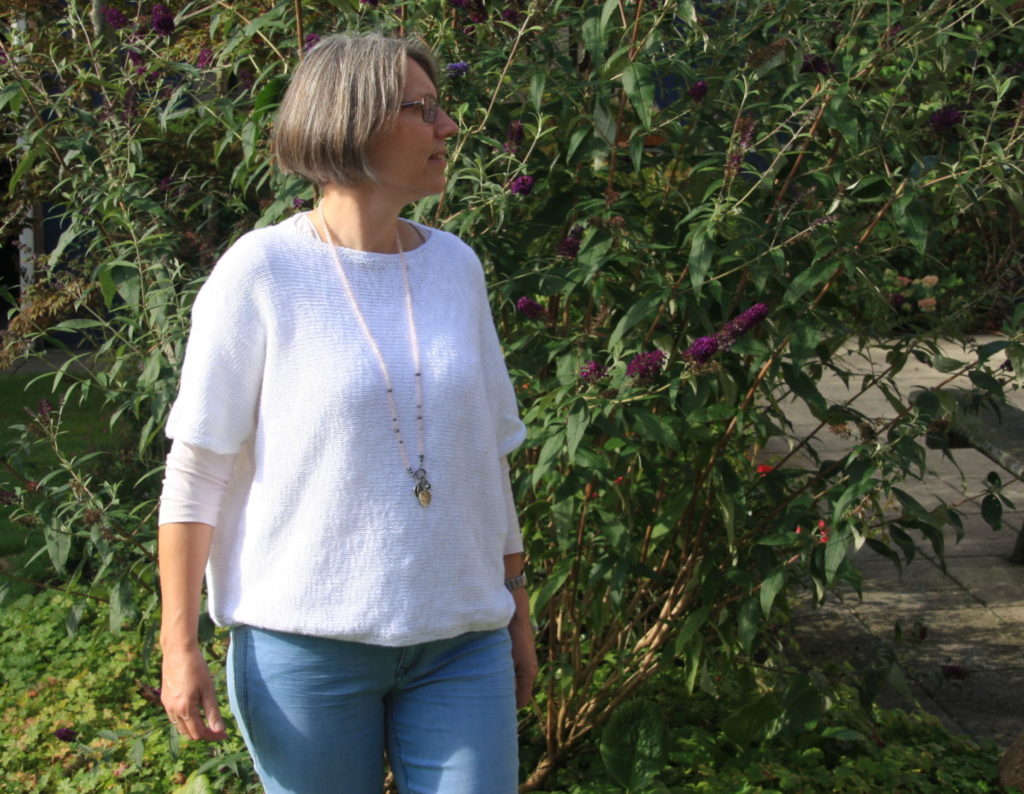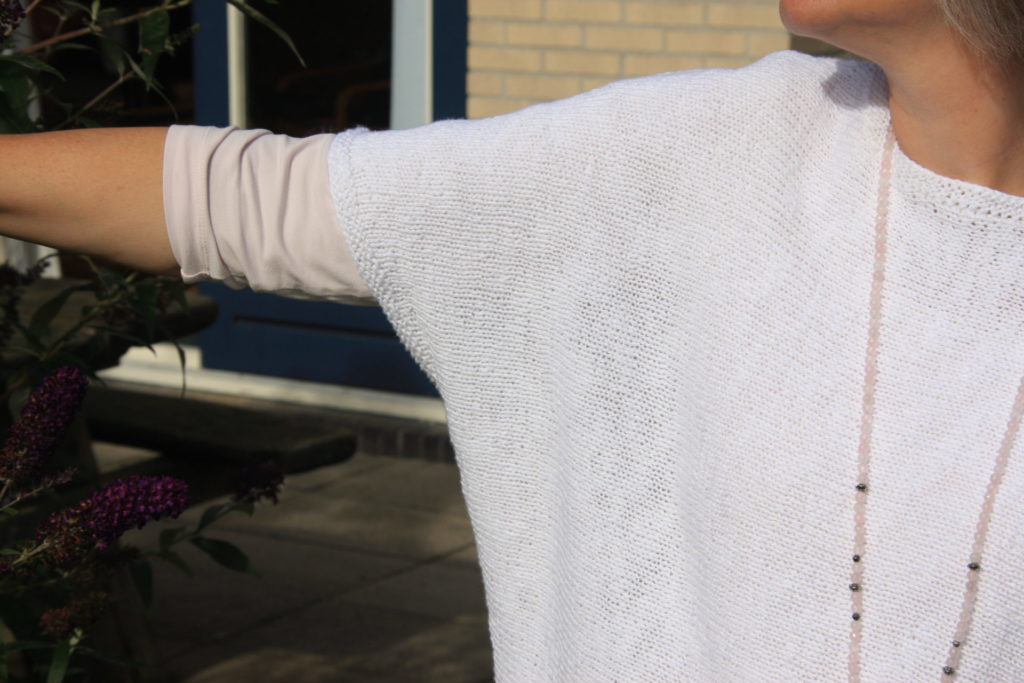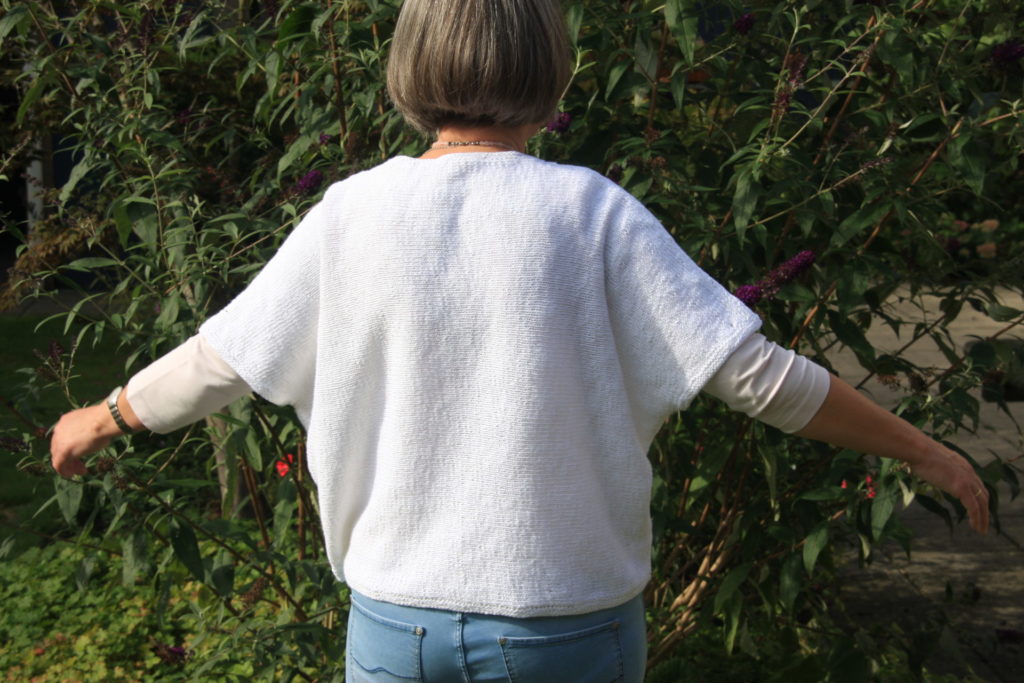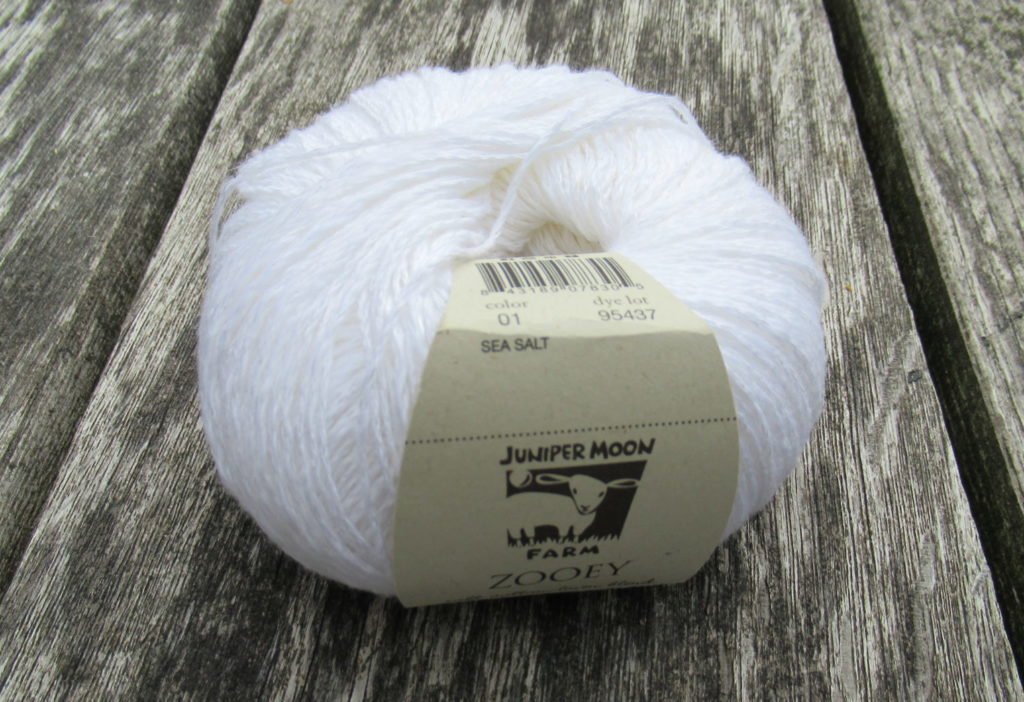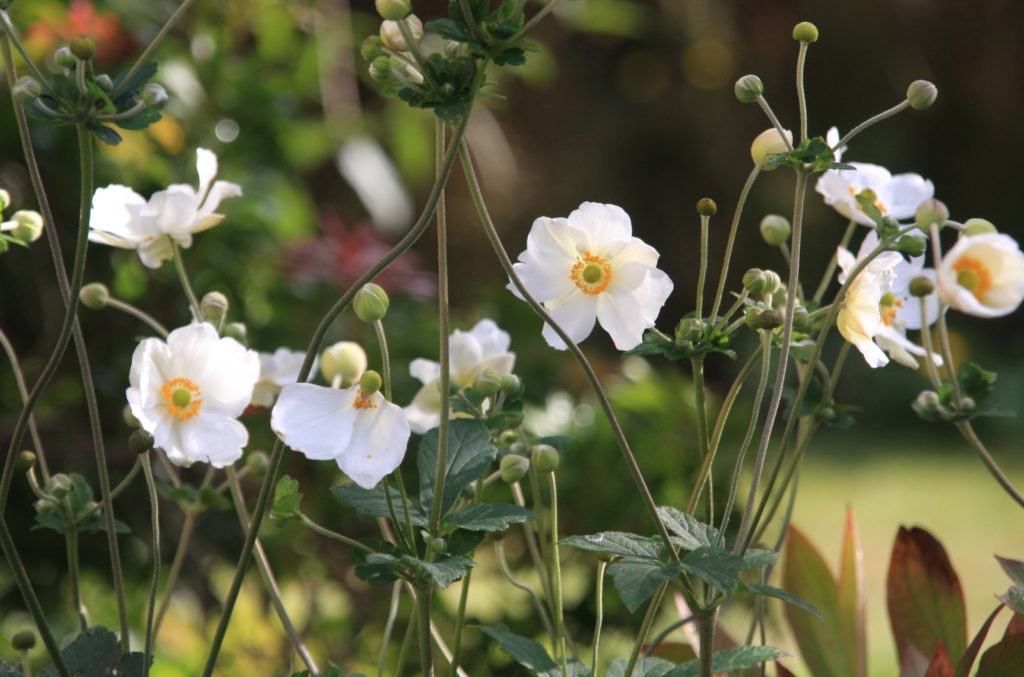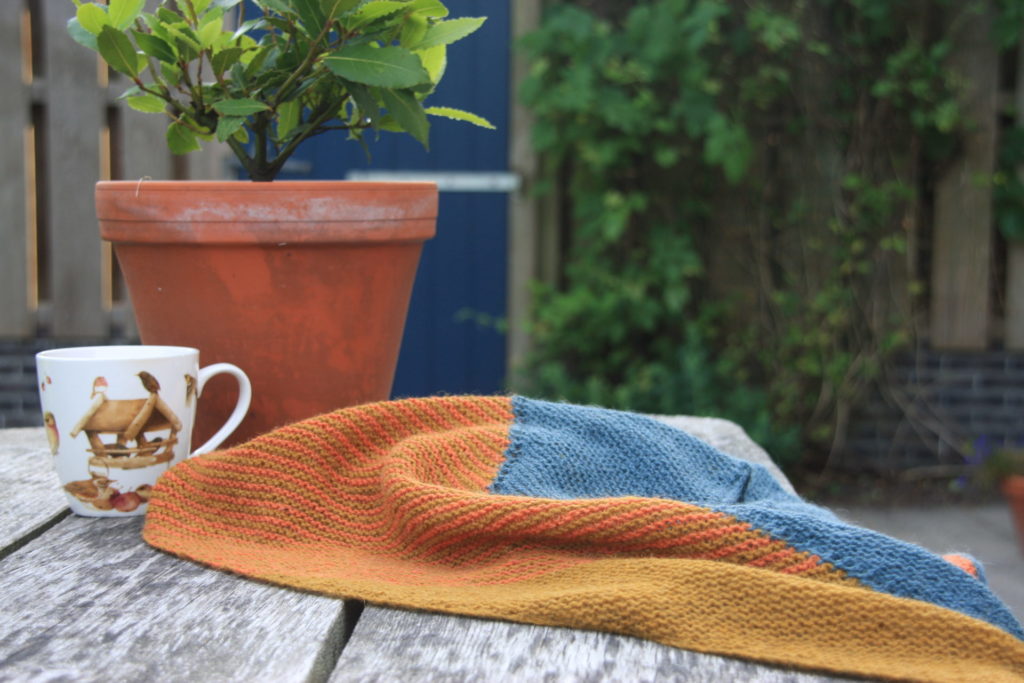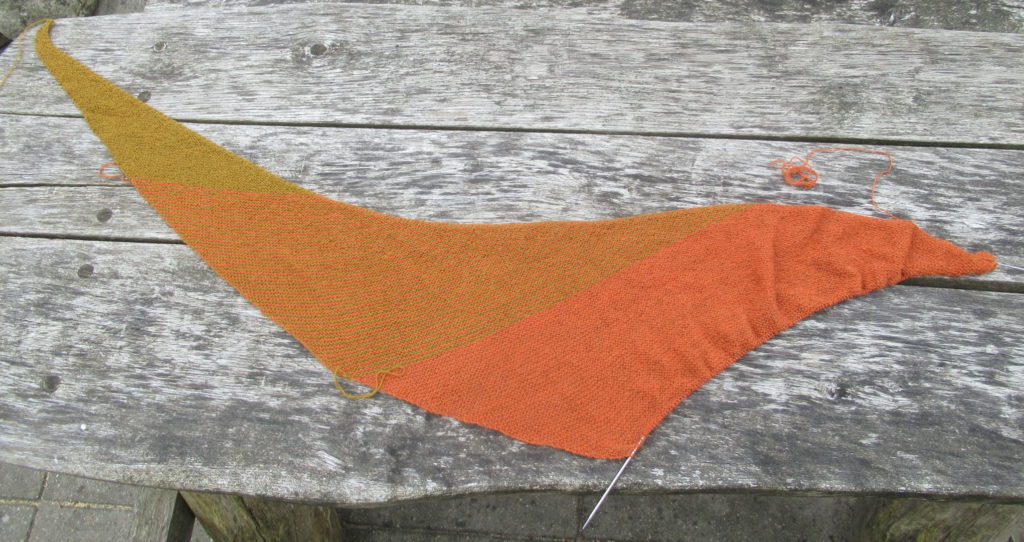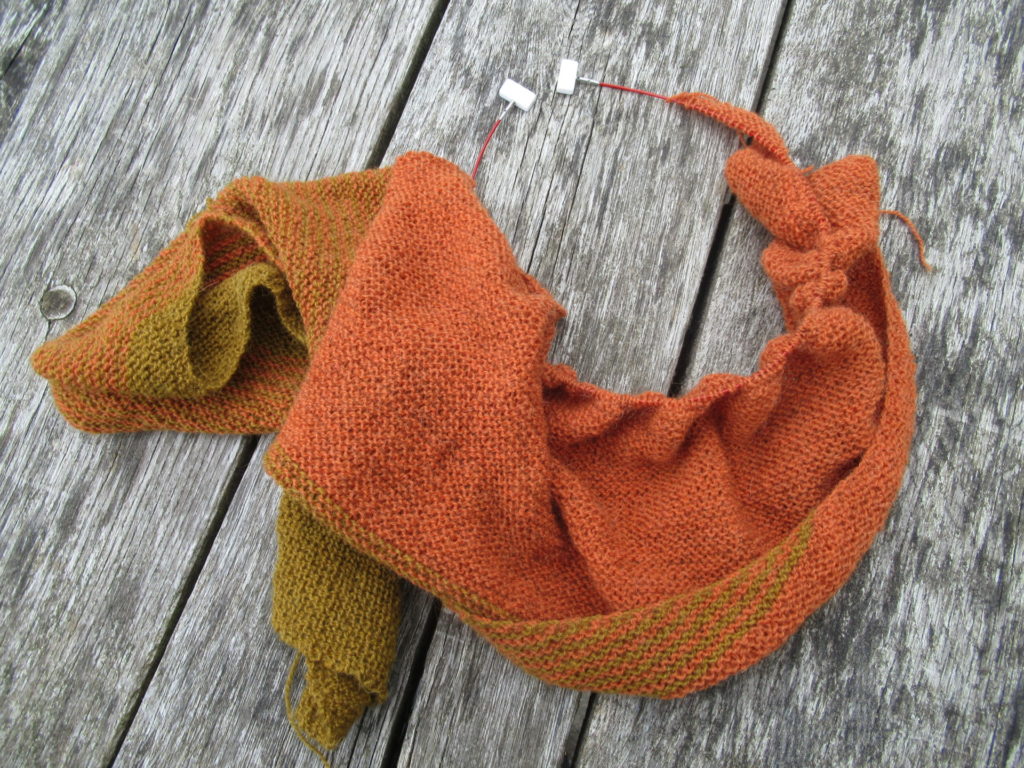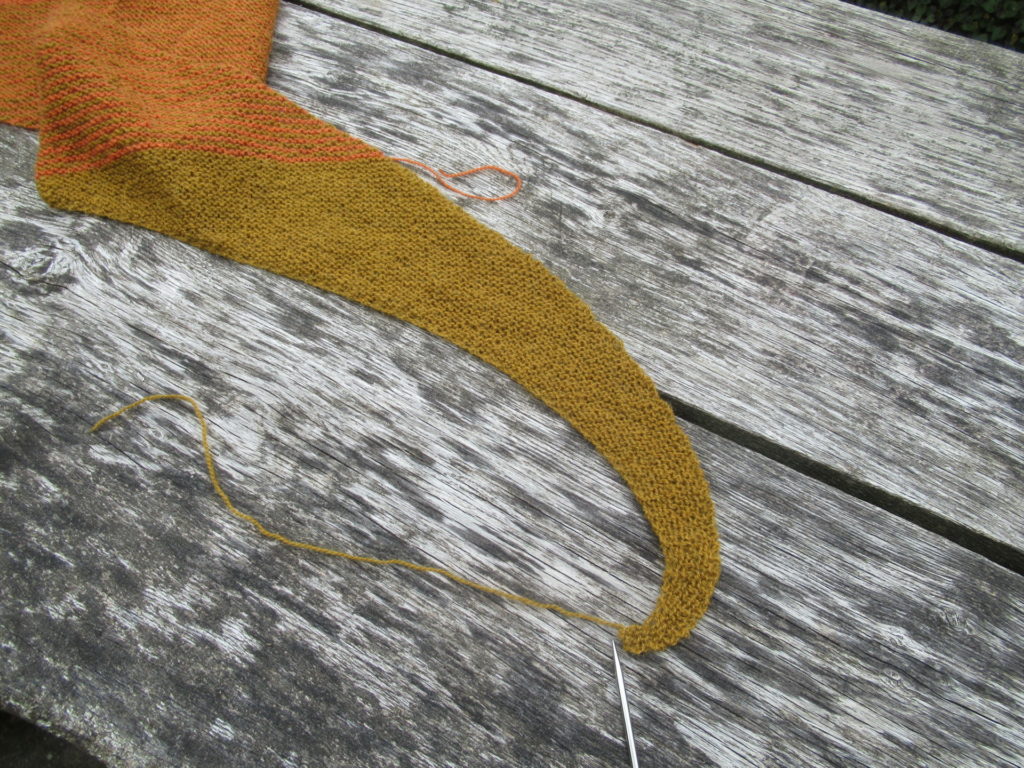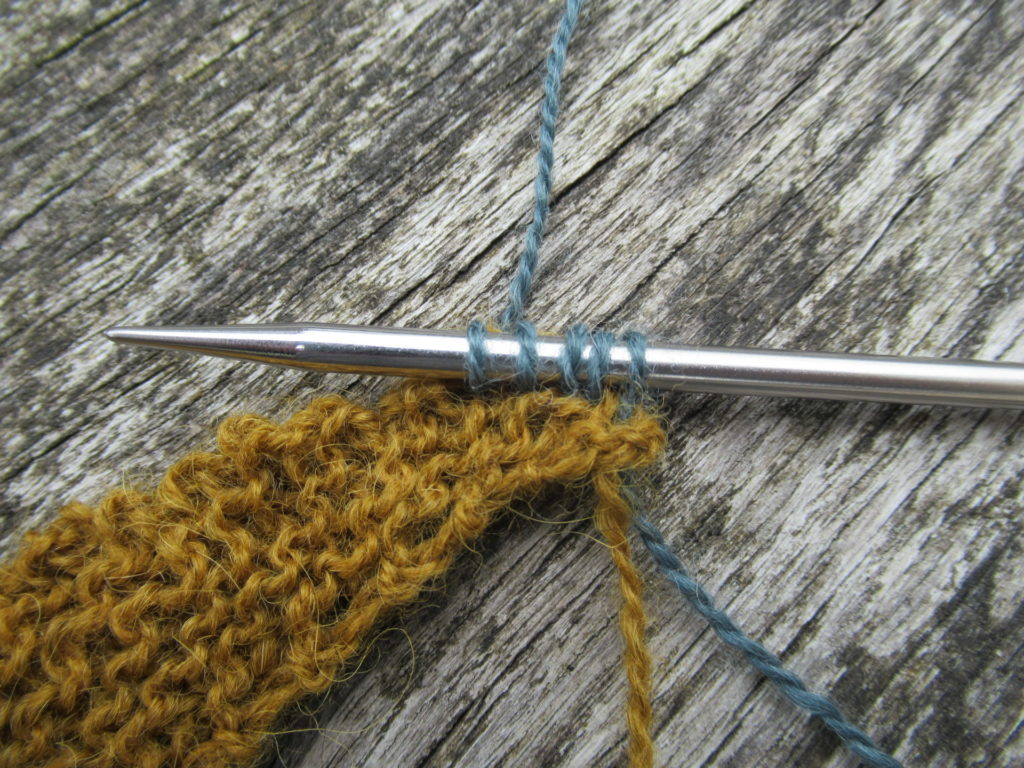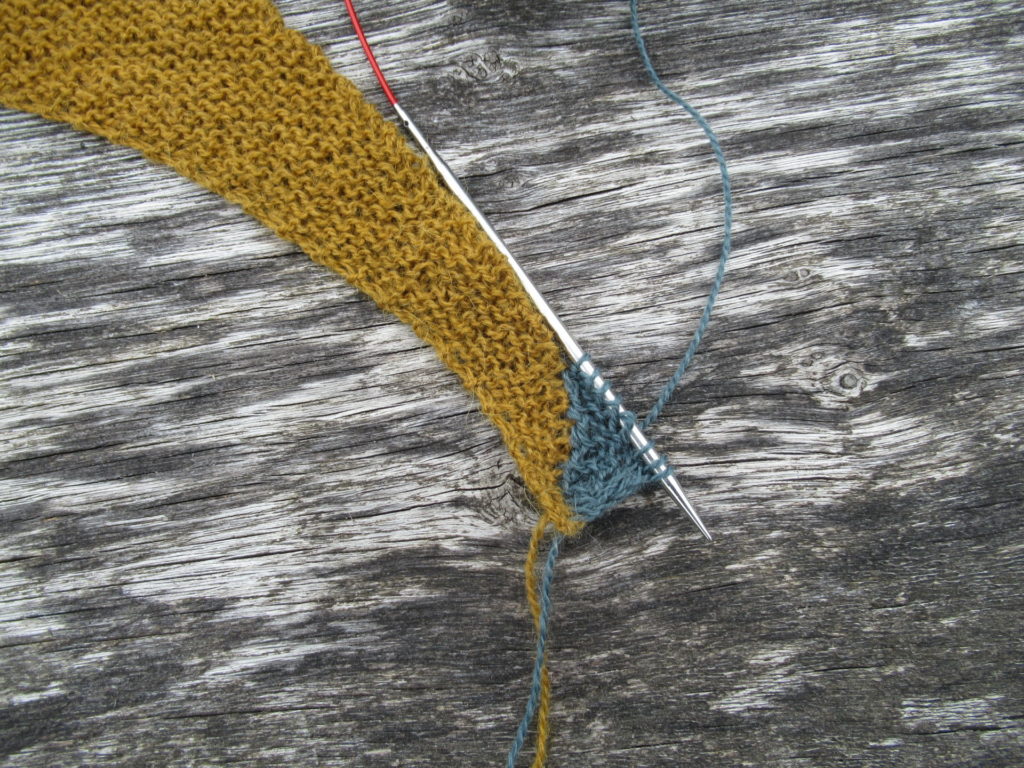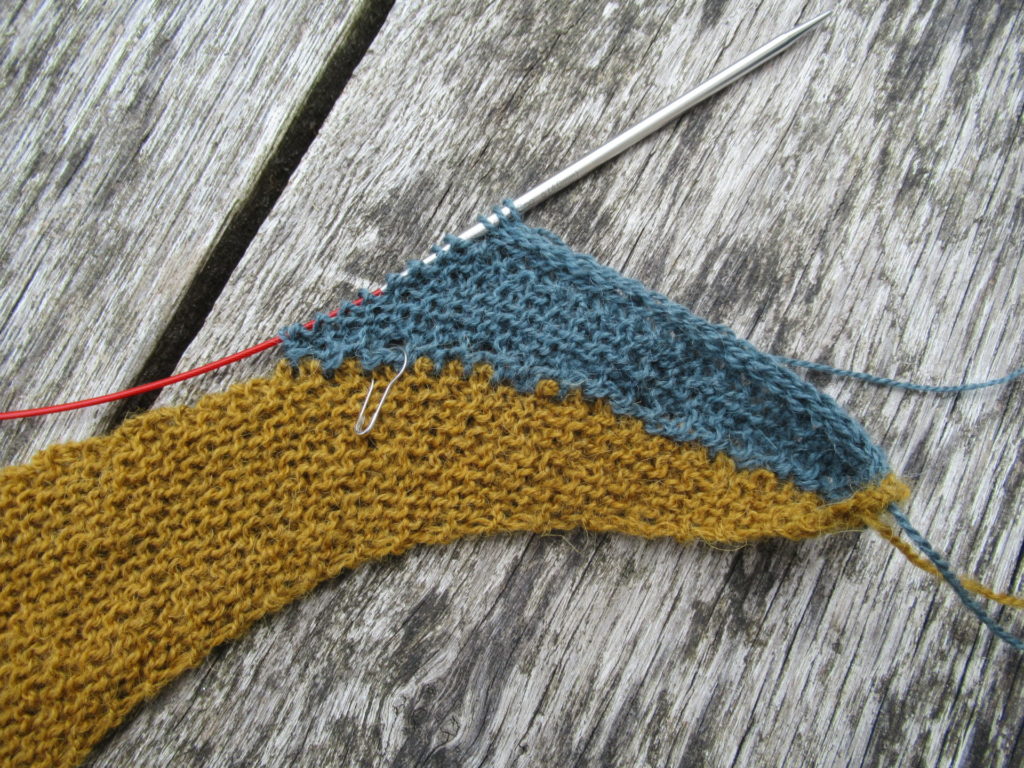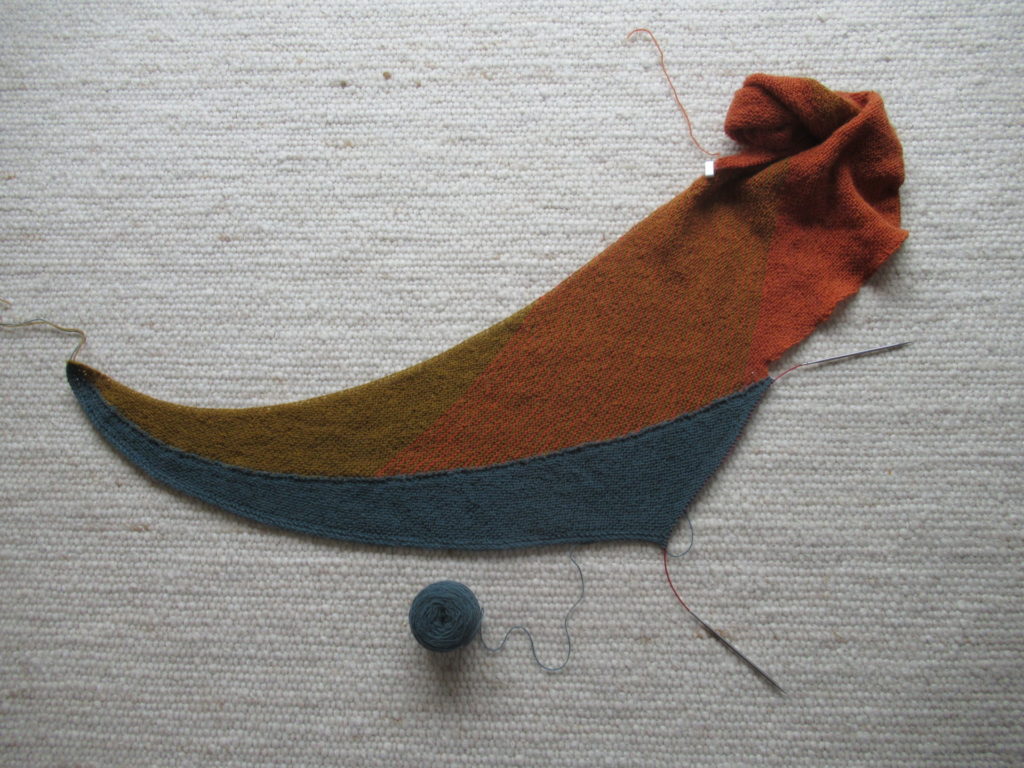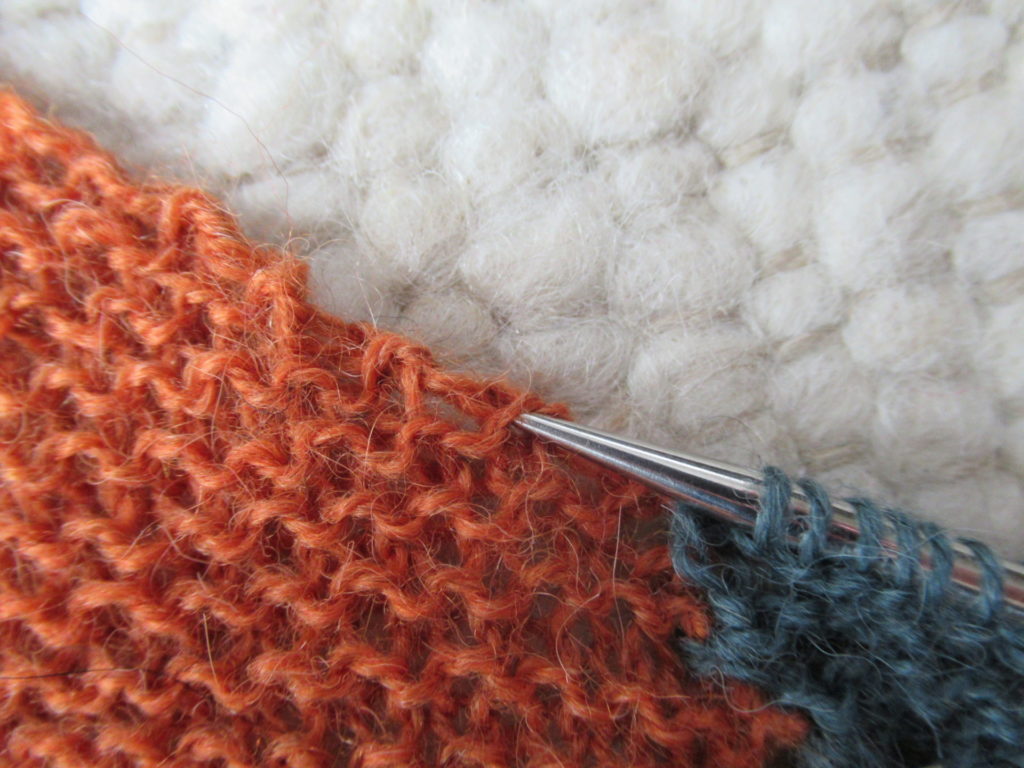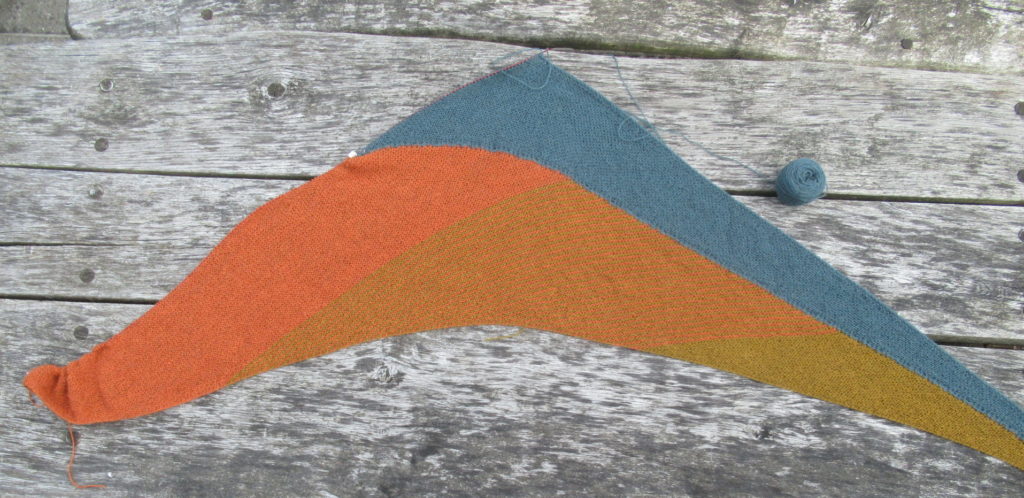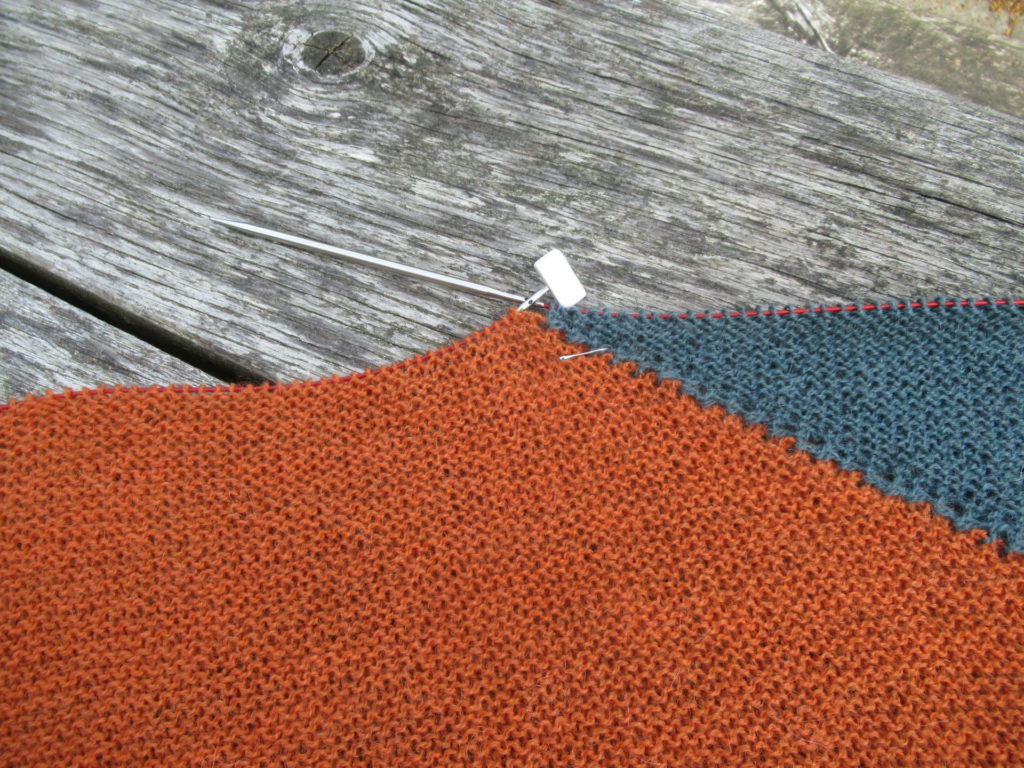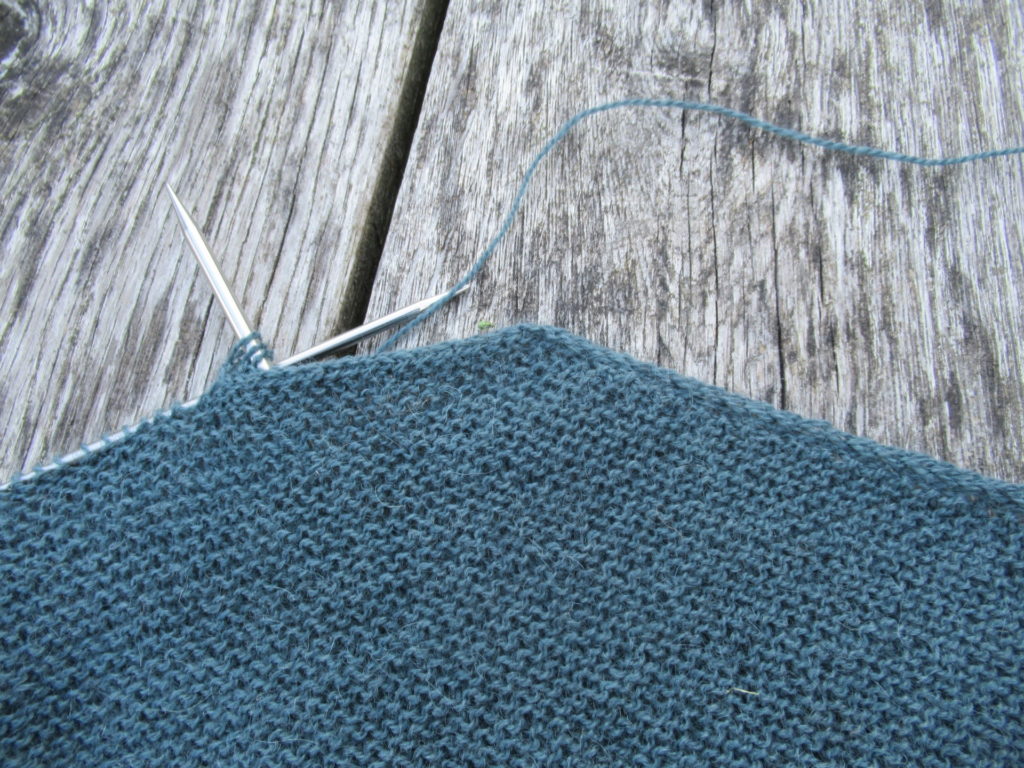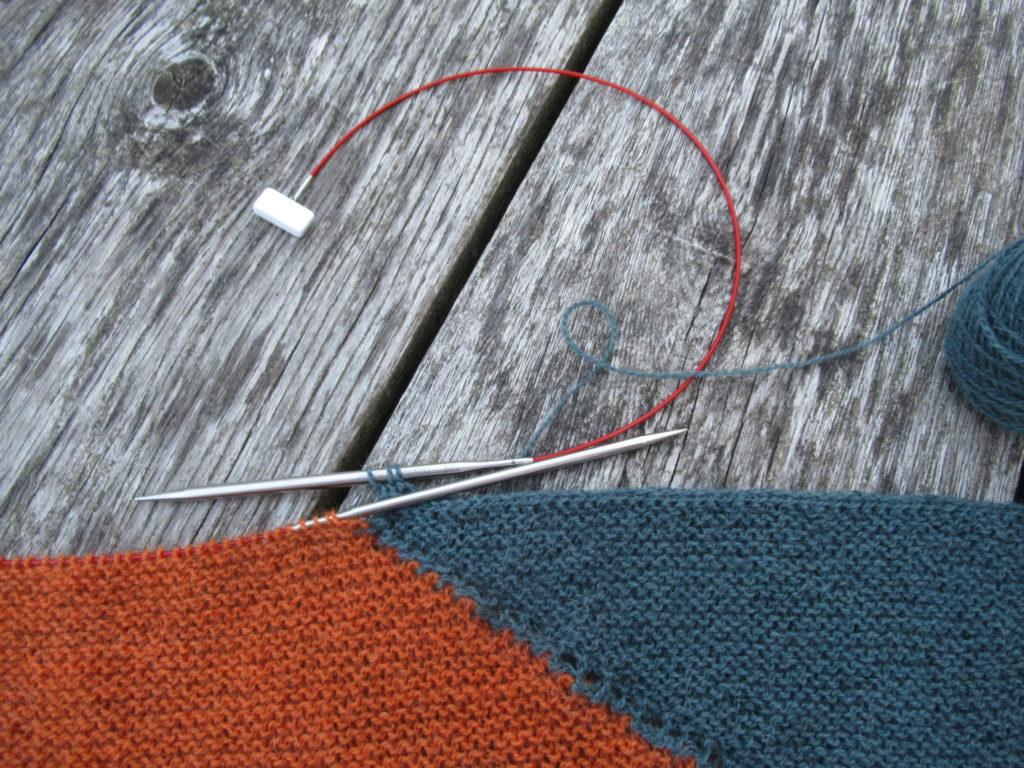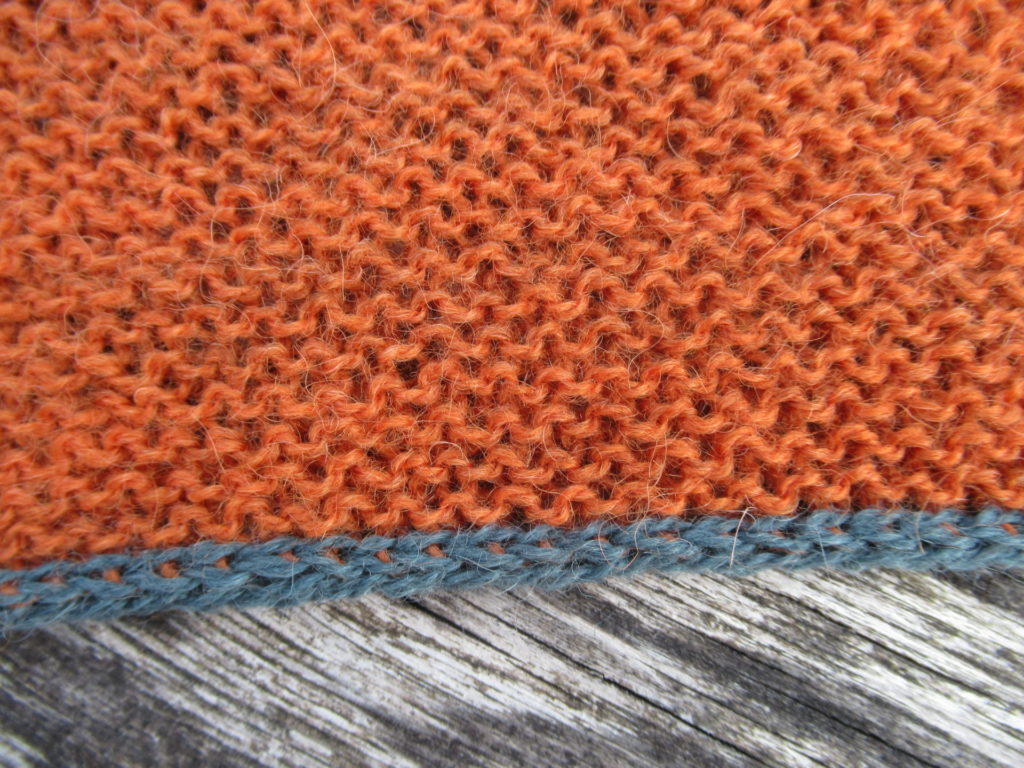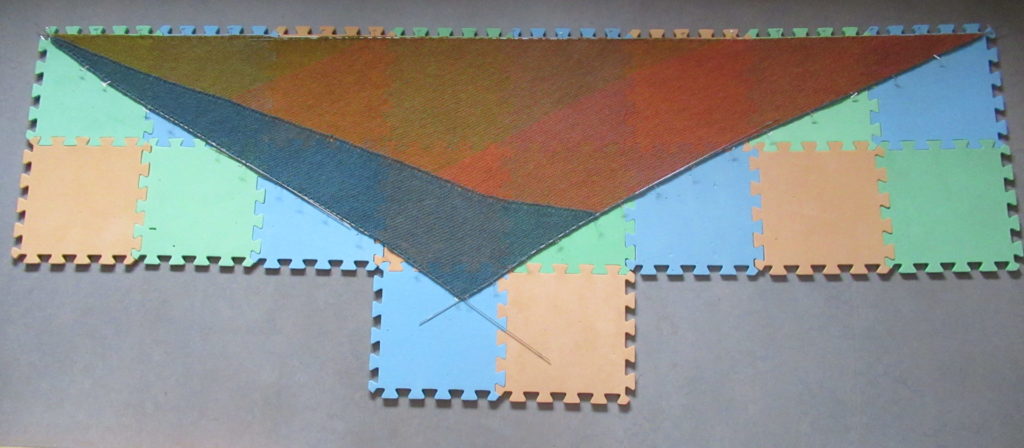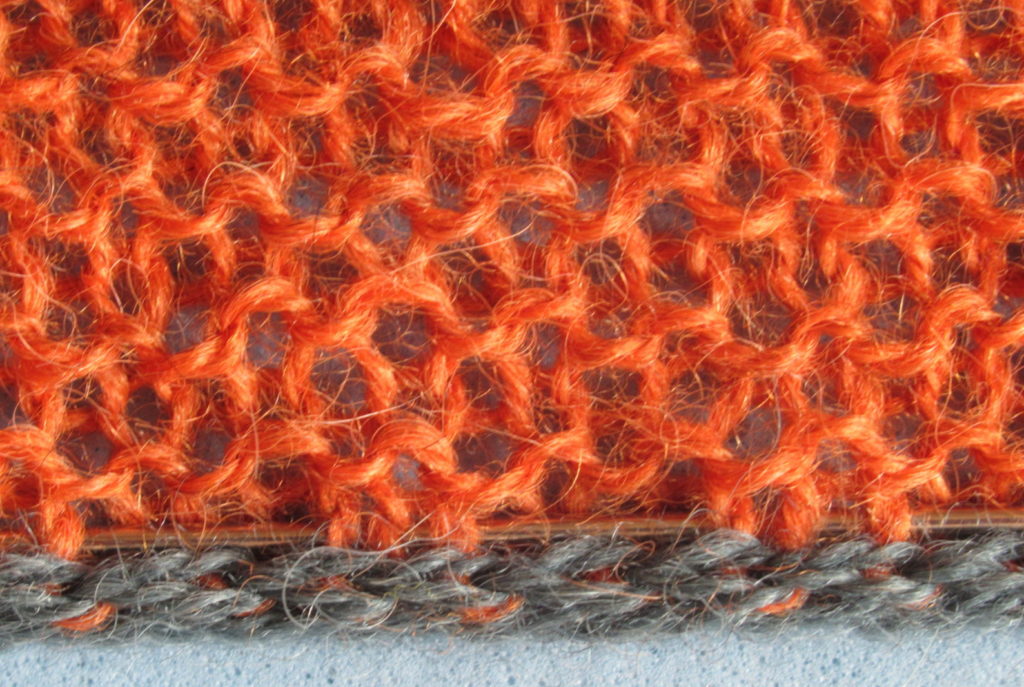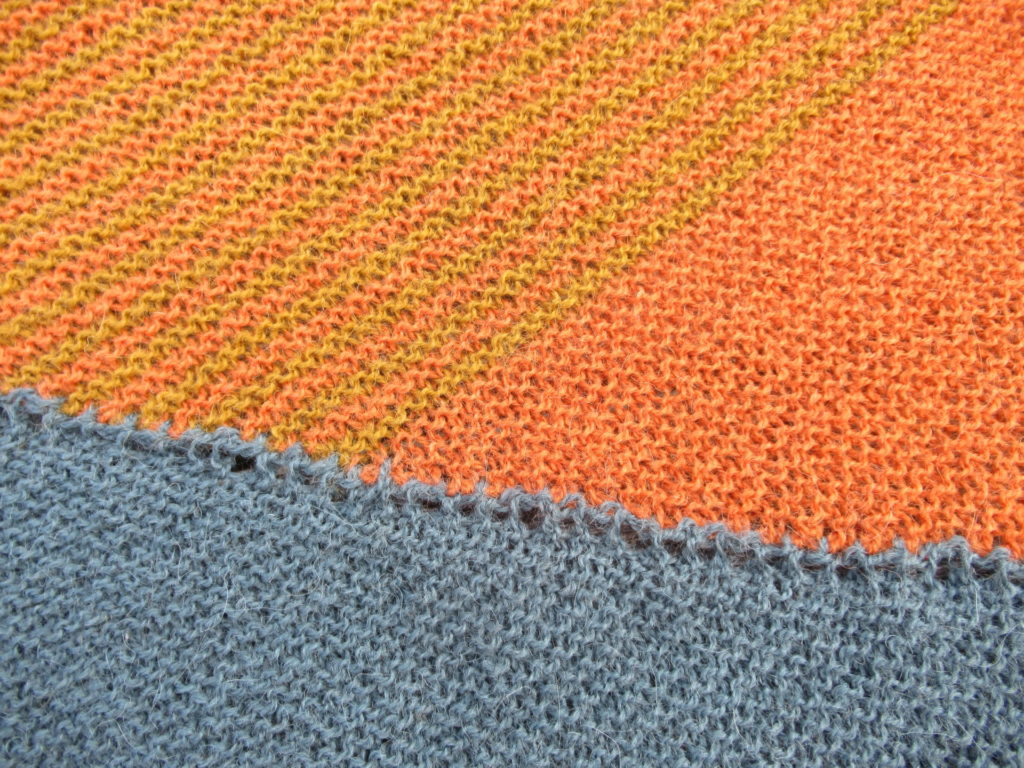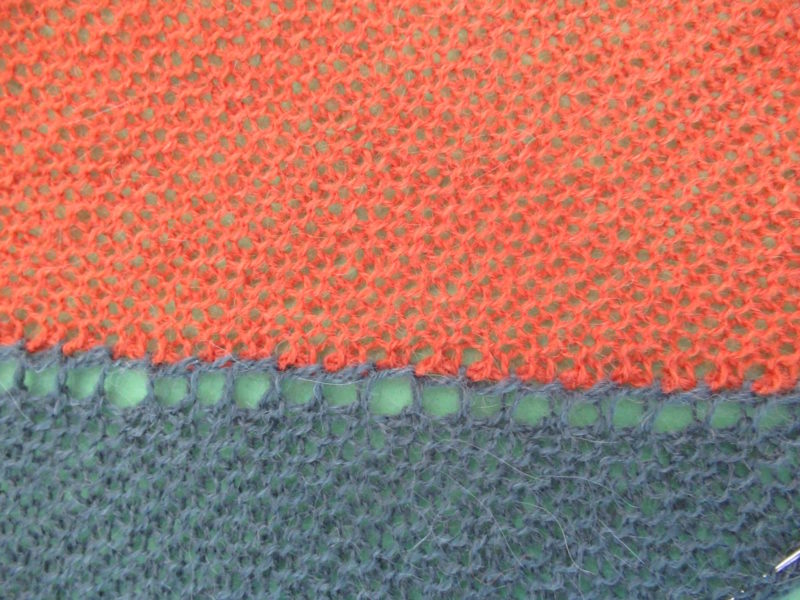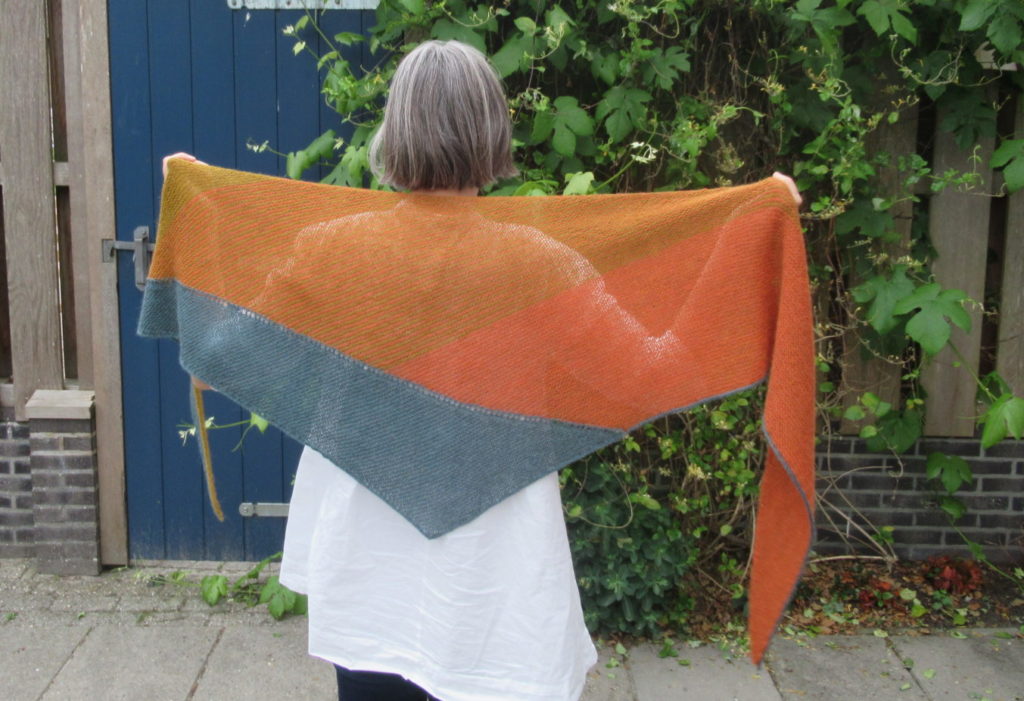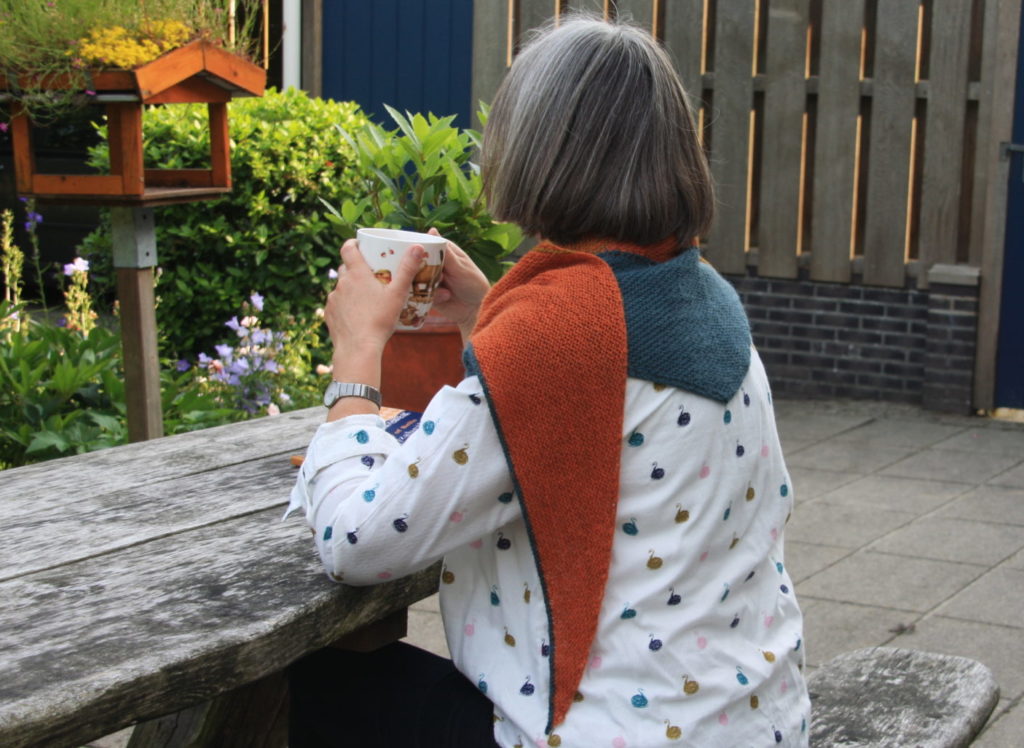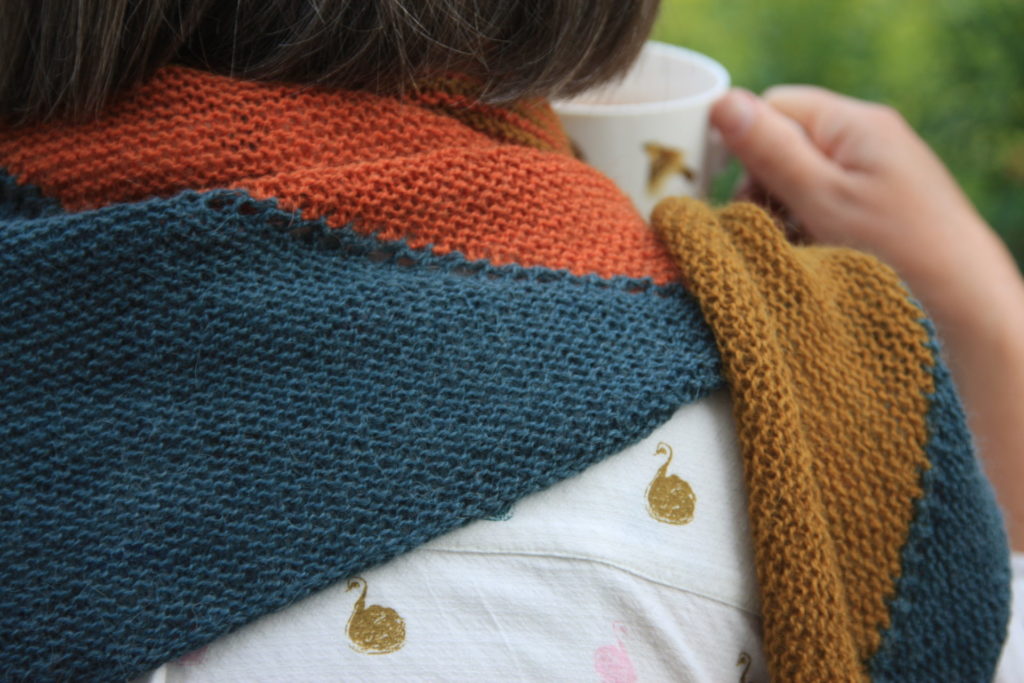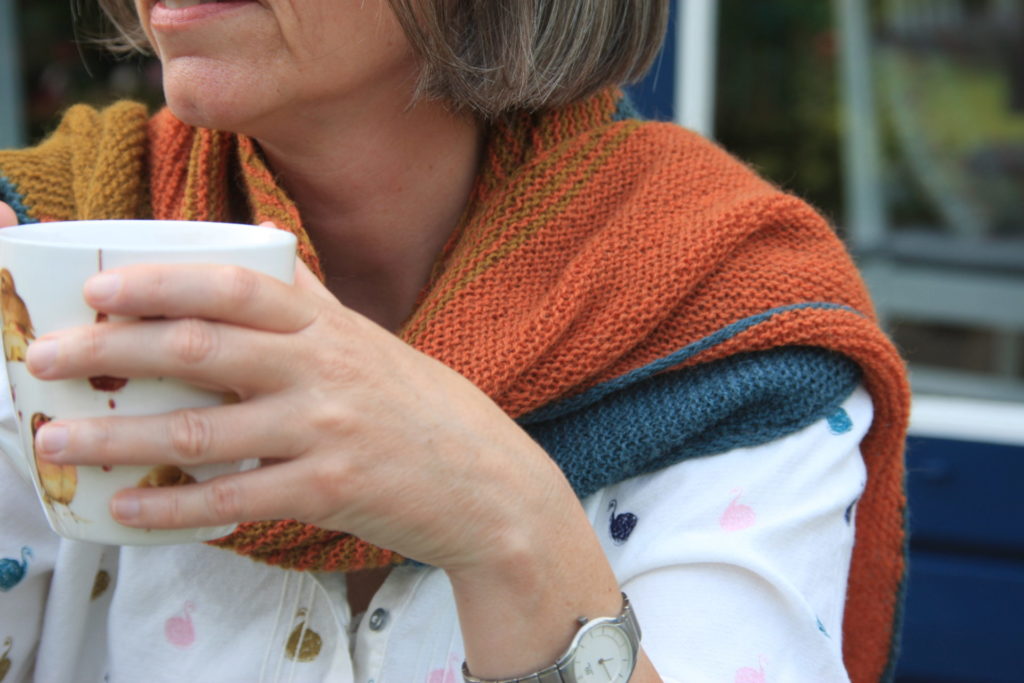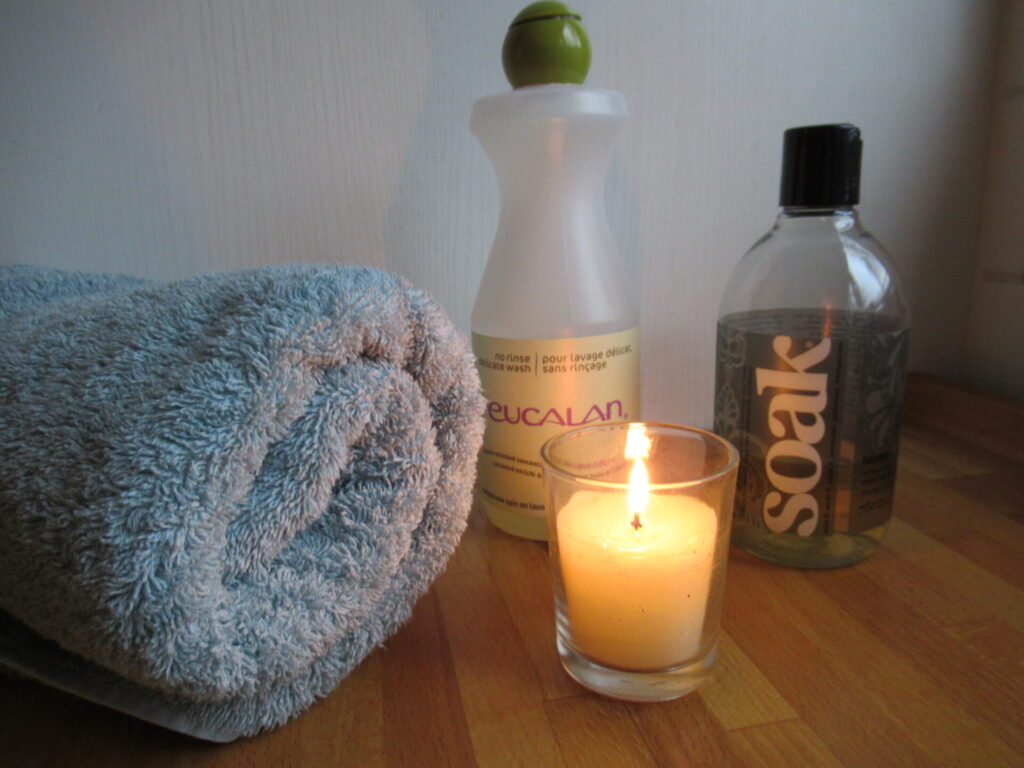
Hello!
OK, complete focus on knitting today – no tangents or digressions. Maybe this is all old hat to you, but I thought I’d show you what happens to my knitwork after the actual knitting is finished and the ends have been darned in.
Last week I said the hat and scarf I made for my brother needed some TLC to relax. Well, they got more than just some TLC – they received a full 4-star spa treatment!
It all started with a bubble bath.
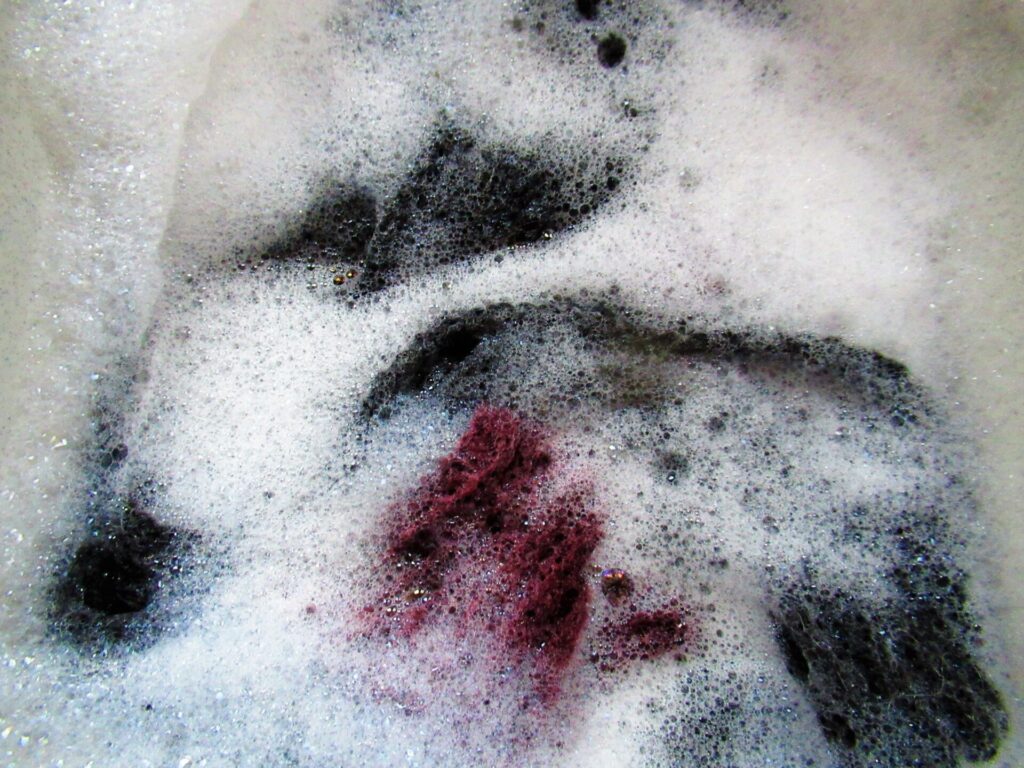
Aaaaah, so relaxing, especially when combined with aromatherapy. To make the bubbles, I use a no-rinse detergent for delicate fabrics – Eucalan or Soak. There may be other brands, but these are the only two I know.
I can’t say that I prefer one to the other. Eucalan is sort of syrupy and yellowish, whereas Soak is thinner and clear. Both are available in various lovely scents. The Eucalan I have has a very mild lavender scent. My Soak favourite is Lacey, a subtle flowery scent that is harder to pinpoint.
Only a teaspoon of detergent is needed, so a bottle lasts forever. Both also come in small trial packages, that are ideal not only to try out the products, but also to tuck in with a knitted gift.
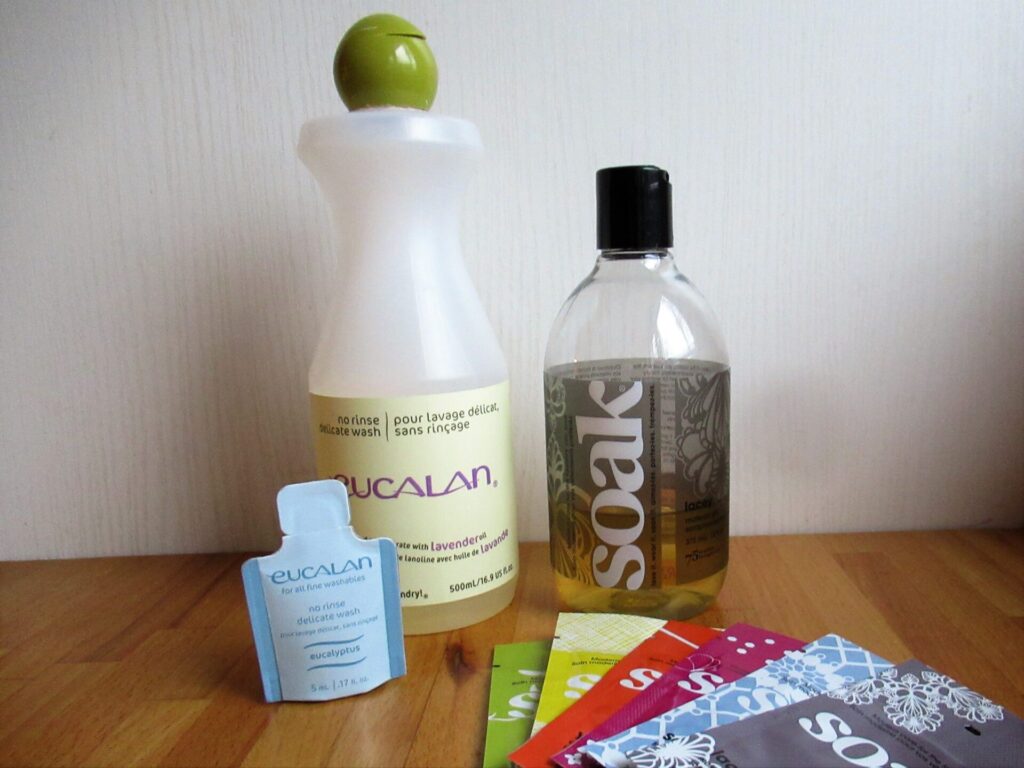
As their name says, no-rinse detergents do not need to be rinsed out. After a bubble bath of about 30 minutes, I first gently squeeze out most of the moisture. After that I’d roll a more fragile knit in a towel to squeeze out more water, but robust knits like these I put in the spin dryer.
Now, still slightly moist, the scarf and the hat get different wellness treatments, tailored to their specific needs. I thought the scarf would benefit from acupuncture, while some steam would be best for the hat.
First the scarf. These are my acupuncture (in knitting terms also known as blocking) tools.
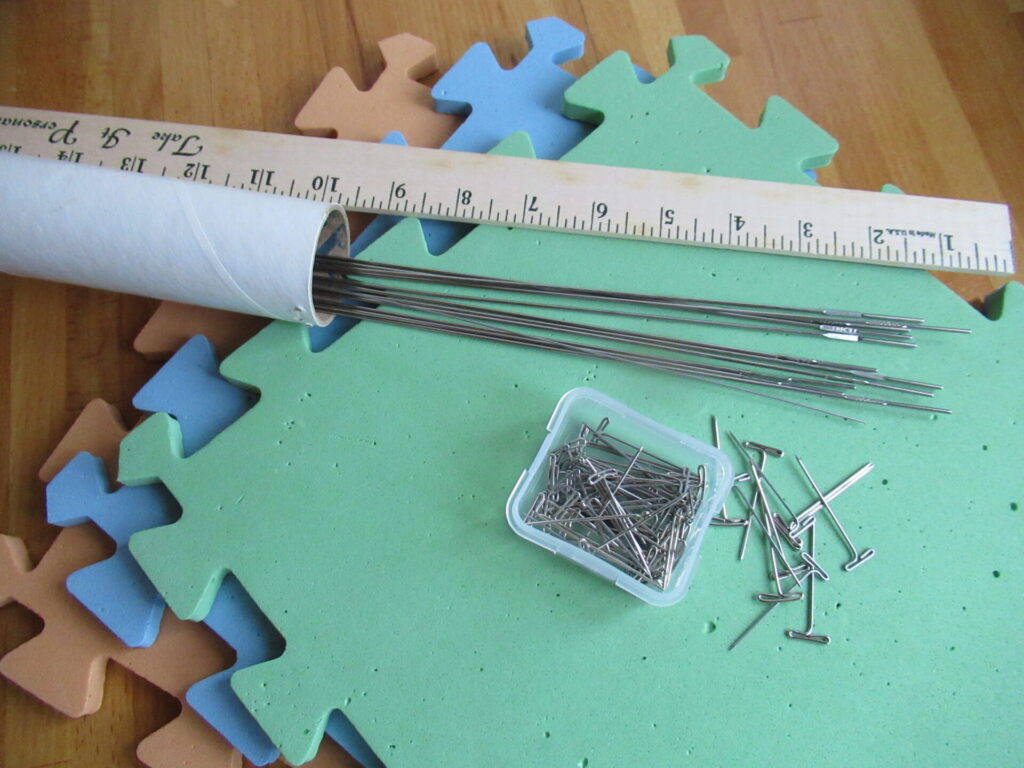
Foam blocking mats, blocking wires (that come with a wooden ruler), and T-pins (stainless steel pins in the shape of a capital T). At first I used this kit only for lace knits, but now I’m using it for many other projects, too.
I threaded wires along the long sides of the scarf, between the edge stitch and the next, going up and down every other row.
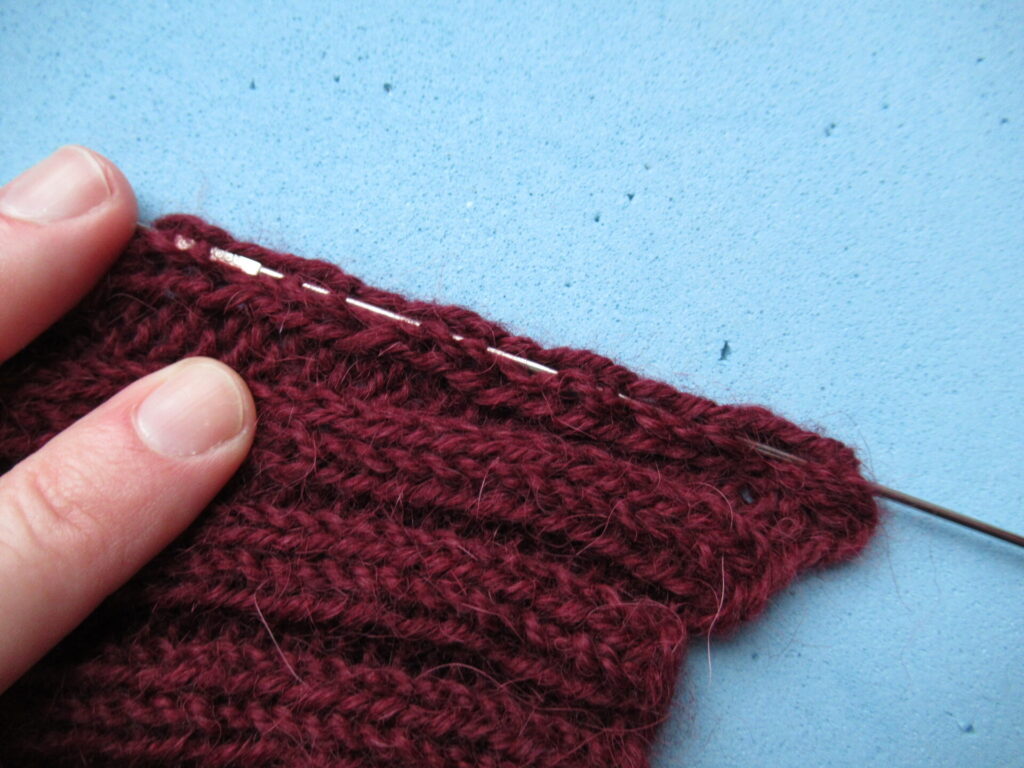
Then I pinned it onto the blocking mats, smoothing the scarf out along its length and pulling firmly widthwise. (Never do this on a wooden table or floor – the T-pins may prick through the mats and damage the surface underneath.)
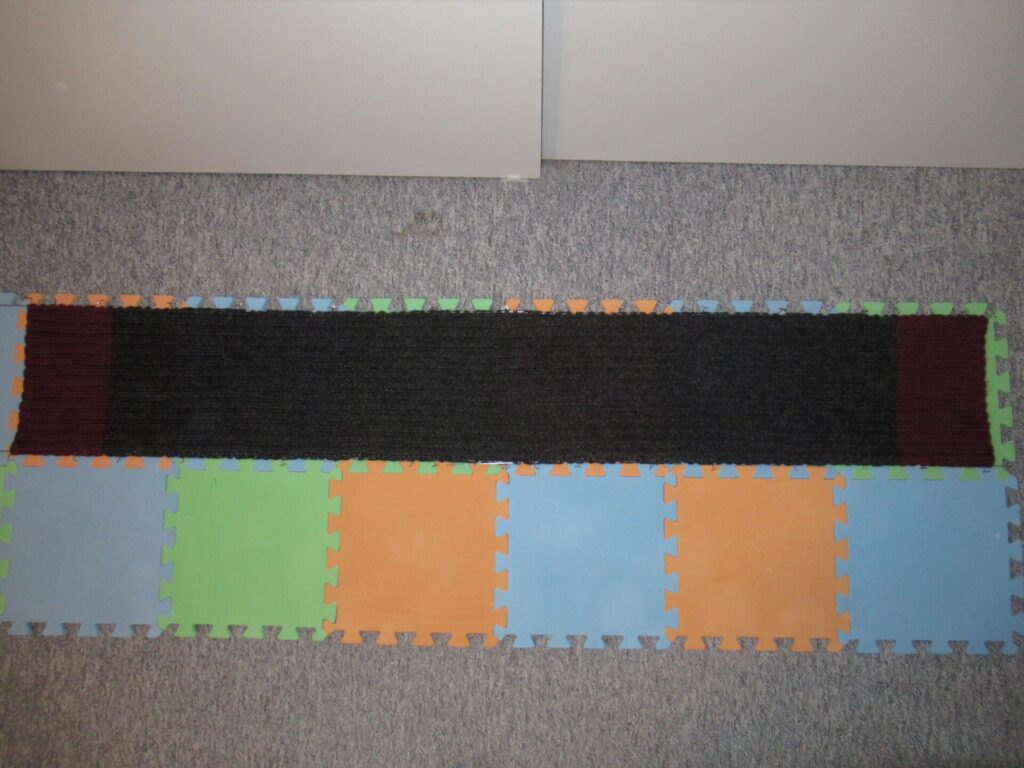
And here is a close-up. I hope you can see the wires and T-pins.
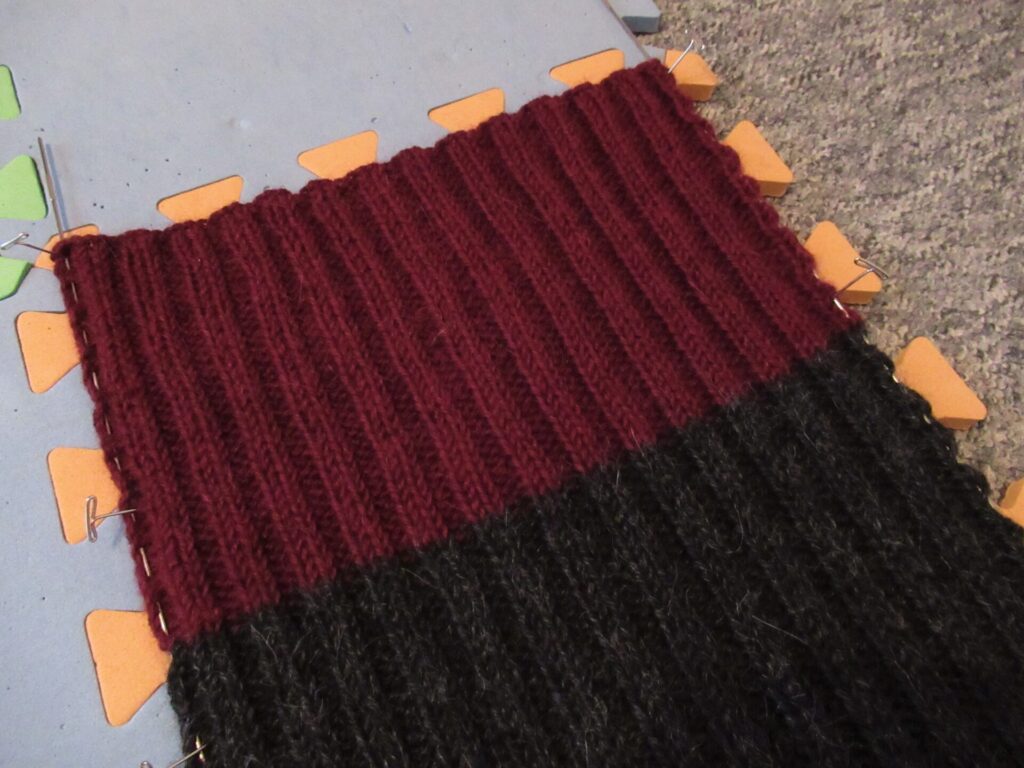
Now, let’s leave that to dry and continue with its mate. The still moist hat is pulled around the end of the ironing board.
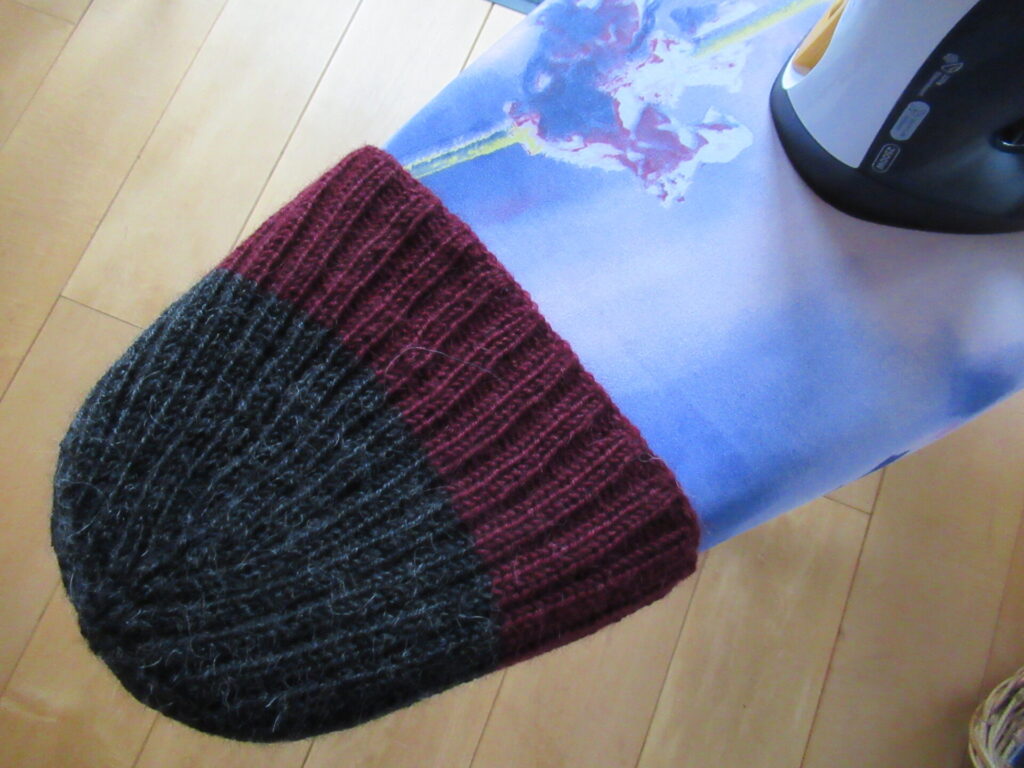
Then it is covered with a moist press cloth (i.e. an old tea towel that doesn’t give off colour) and steam-pressed. I used the lowest setting that will give steam (silk/wool). If the picture looks slightly blurry, that’s the steam.
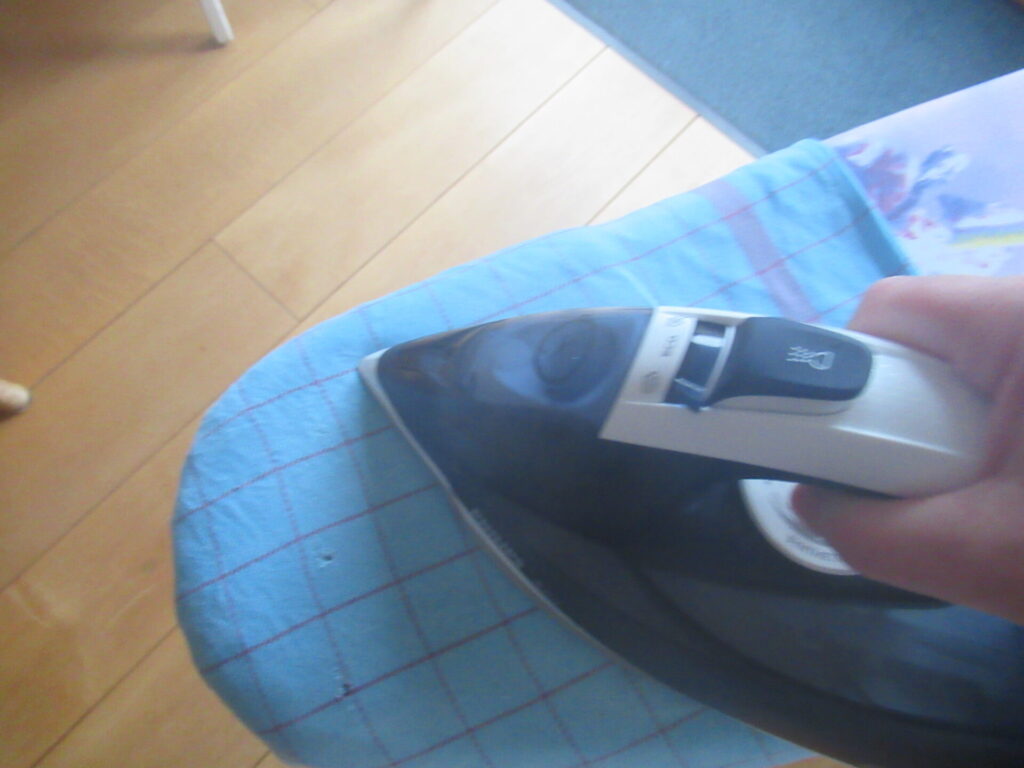
I tried all this out on a swatch first, to make sure nothing terrible (like felting) happened to my ‘clients’ and they would benefit from their treatments.
After pressing the hat was still slightly wet and I placed it on the blocking mats with the scarf. Twenty-four hours later everything was dry and I unpinned the scarf.
A lot of work for a simple hat and scarf. Is it really worth all the effort? I think it is – very much so. I took before and after pictures, but unfortunately they are not very clear because of the dark yarn colour and the dark weather.
Here are the hat and scarf (before on the left and after on the right):
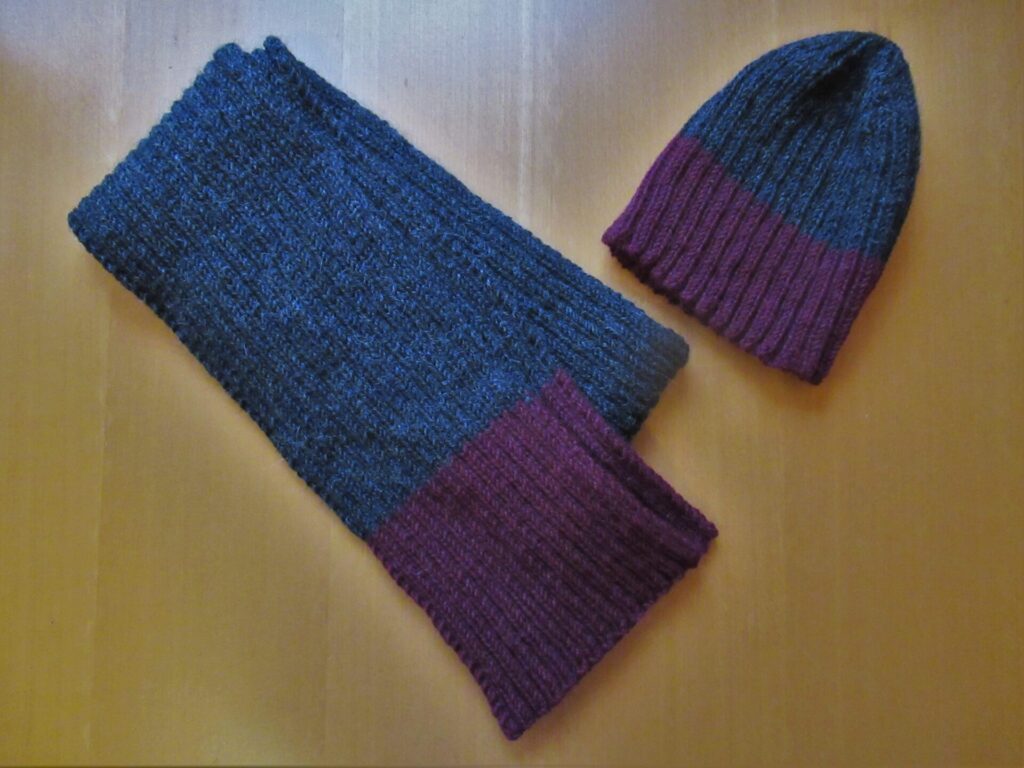
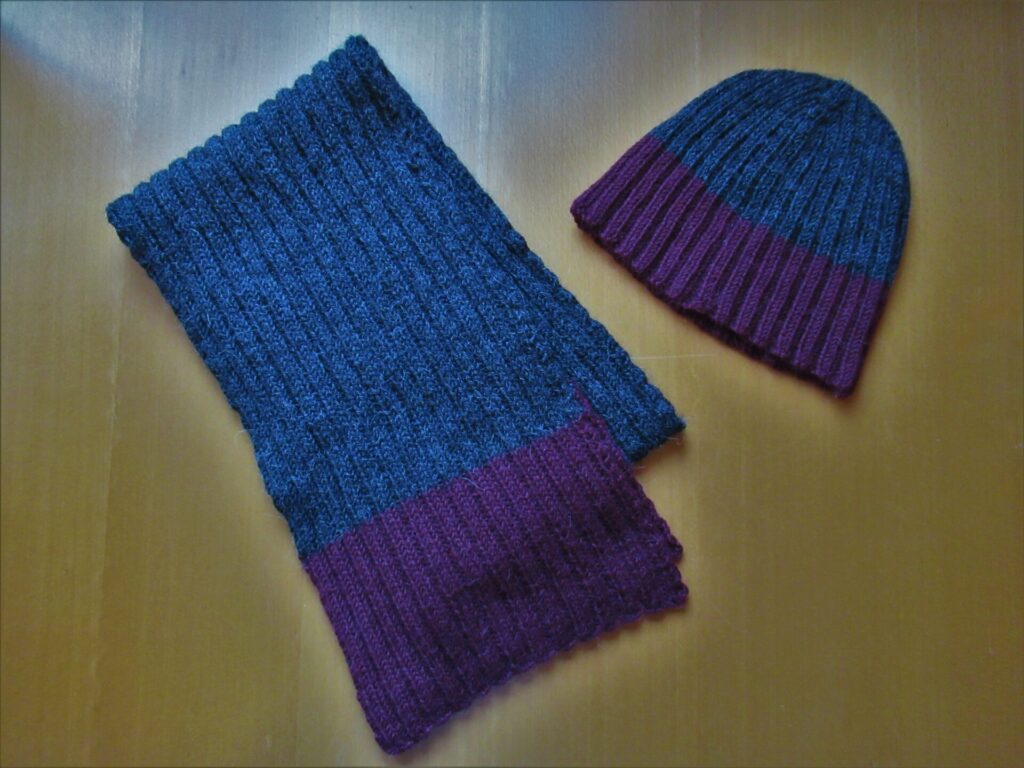
And here is a close-up of the k2, p2 rib pattern (again before left and after right):
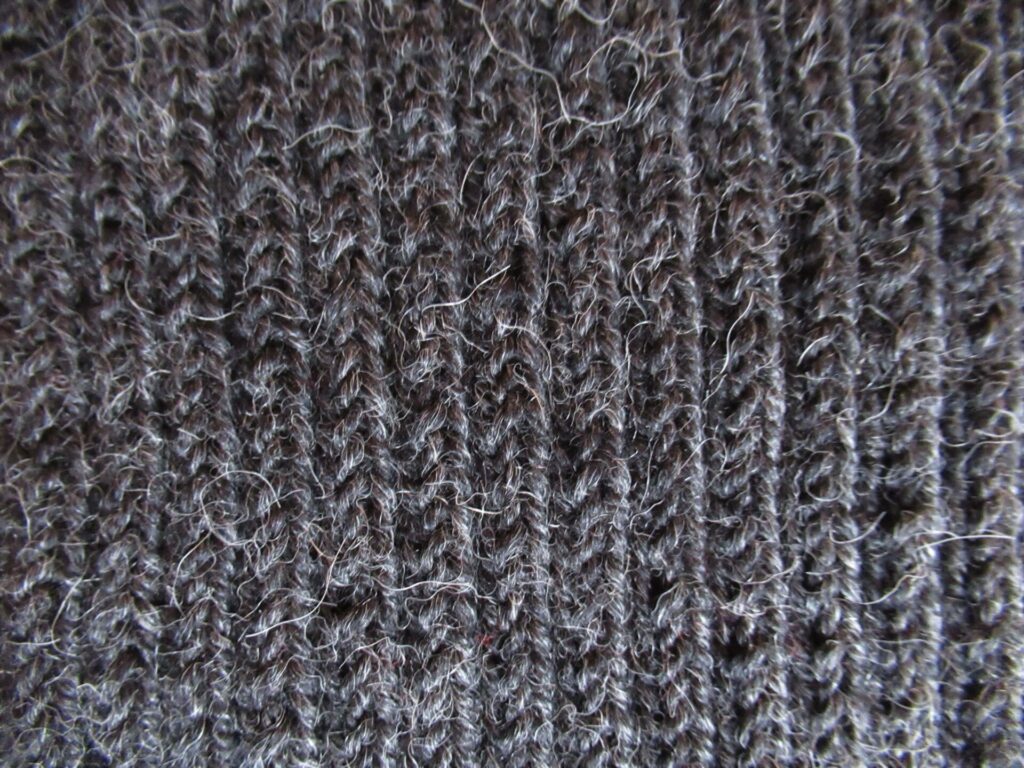
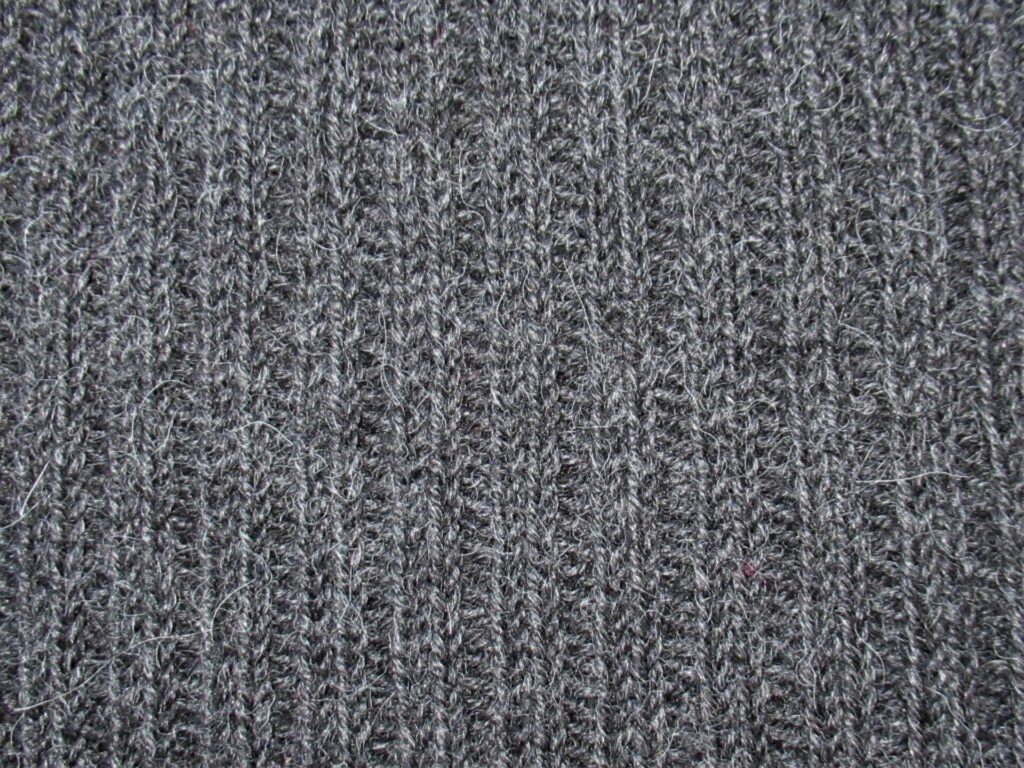
Can you see the difference? Before blocking the knitting was irregular, and the purl stitches disappeared between the knit stitches. After blocking the knitting evened out and the purl stitches became visible. And before blocking the scarf was 1.5 m x 14 cm, so stiff that it could almost stand up on its own, and slightly scratchy. After blocking it was 1.6 m x 25 cm, with a lovely drape and nice and soft.
Now all that’s left to do is gift-wrap the set, put it in a box, add a few Dutch treats and send it off to Germany, in time for my ‘little’ brother’s Birthday.
Here is a behind-the-scenes picture of the ‘Knitting Spa’ photo shoot.
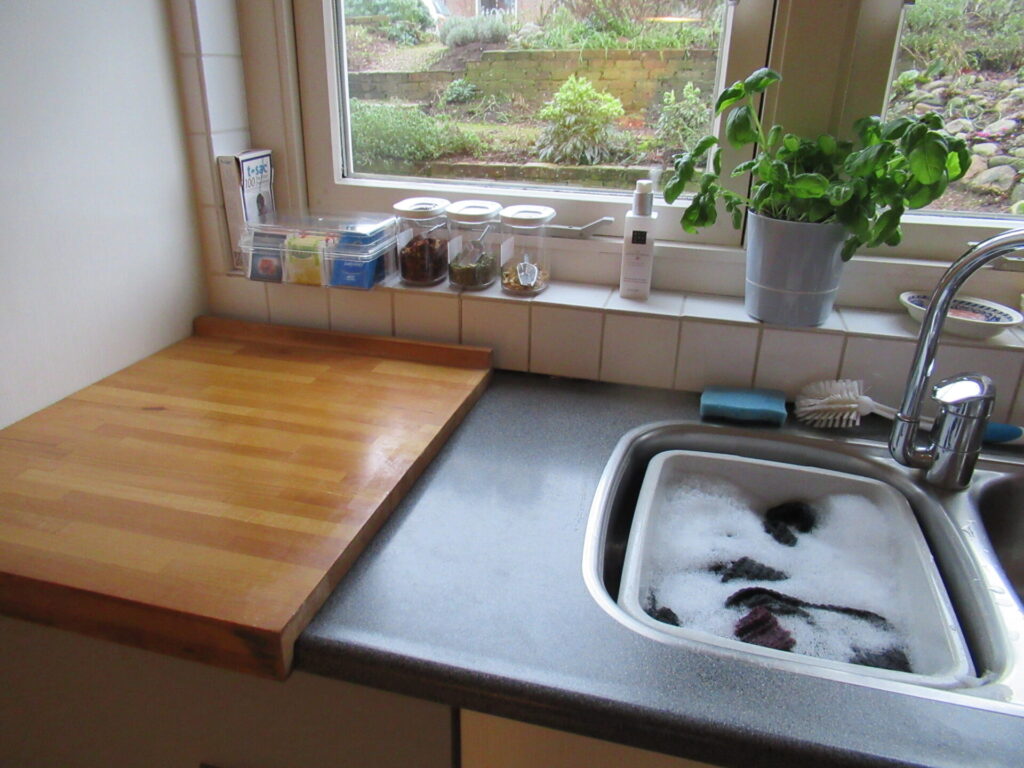
The kitchen counter was the lightest place in the house on a dark day, and the bread kneading board made a nice natural surface for photographing the tools and detergents. A perfect Knitting Spa with everything to hand: hot & cold water, a bath tub, teas & tisanes, and a nice view of the front garden.
The yarn and the pattern I used:
- Yarn: Berroco Ultra Alpaca (50% wool, 50% alpaca; 200m to 100g)
- Pattern: Pressed Rib Cap & Muffler by Churchmouse
